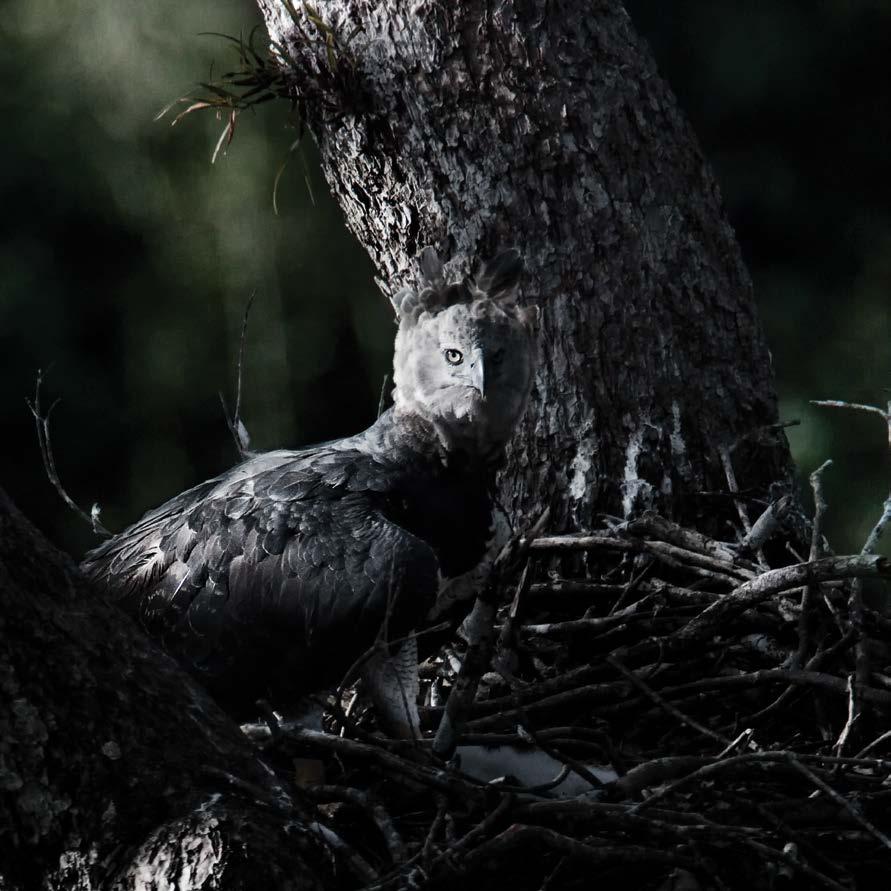

Harpia
João Marcos Rosa
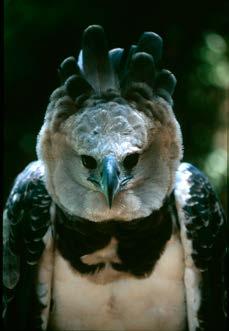
Harpia
João Marcos Rosa
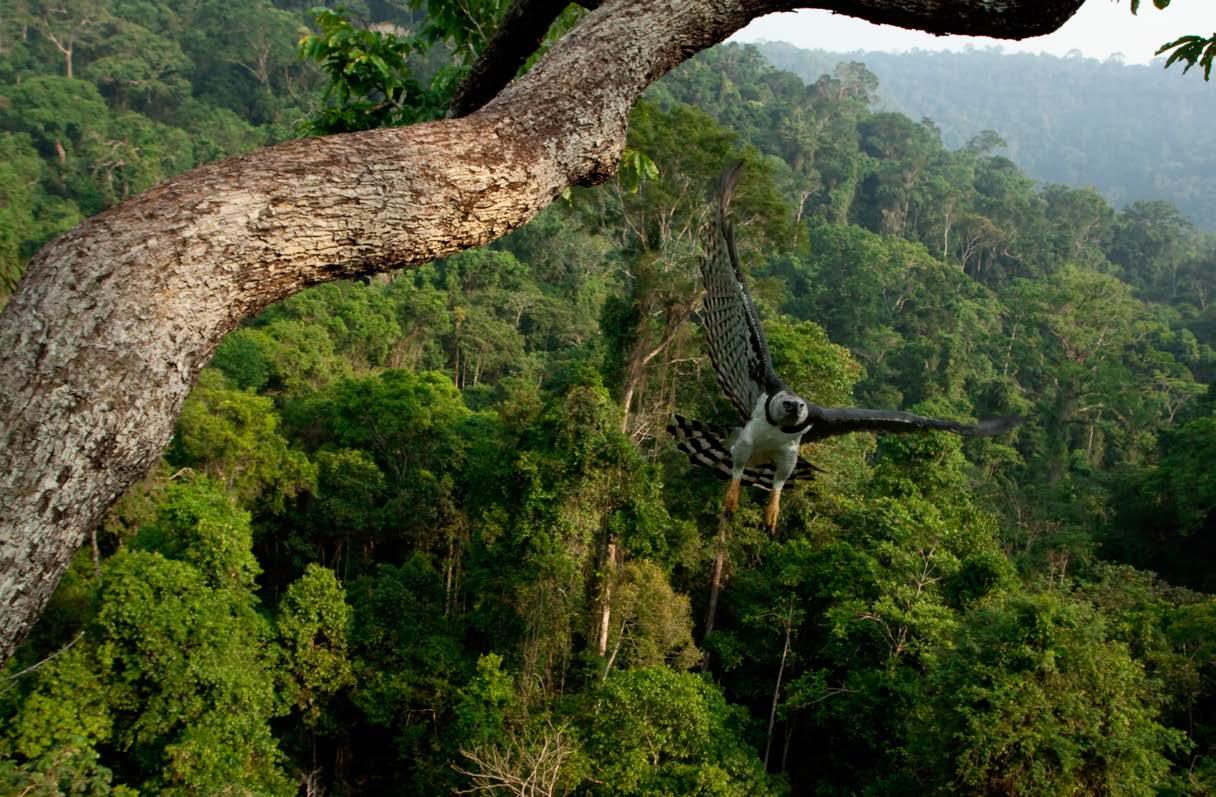
A harpia em seus domínios, na Floresta Nacional de Carajás, Pará
The harpy in its area in the Carajás National Forest, Pará
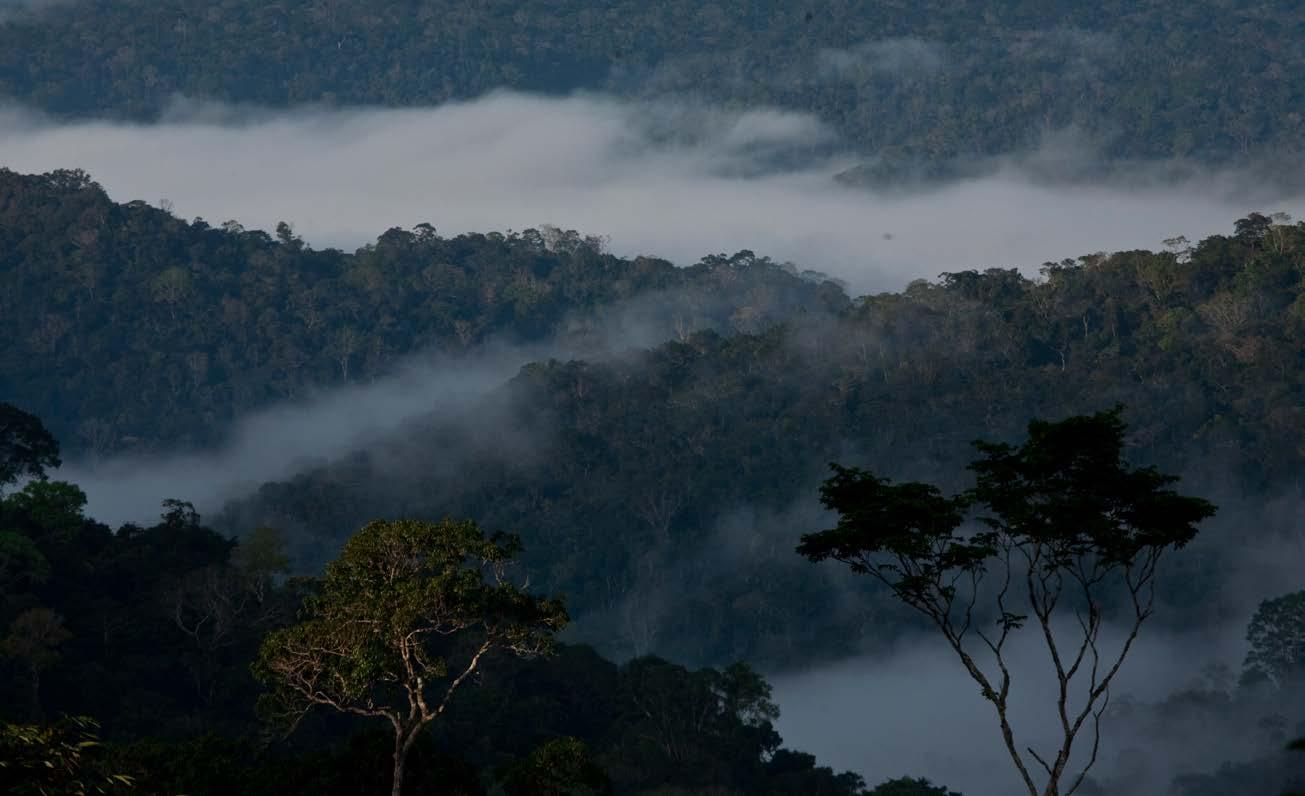
Originalmente, as harpias habitavam as florestas tropicais entre o sul do México e o norte da Argentina. Nos vales da Floresta Nacional de Carajás, a espécie ainda se mantém em equilíbrio Originally the harpy eagle inhabited the tropical forests from southern Mexico to northern Argentina. This species is still living in balance in the Carajás National Forest valleys
O olhar vigilante da fêmea varre o dossel no entorno do ninho. Com apenas 2 meses, o filhote de harpia ainda é muito vulnerável. O papo cheio revela que ele acabou de ser alimentado. Carajás, Pará The female’s watchful eyes scan the canopy in the vicinity of the nest. Only two months old, the nestling is still very vulnerable. The full crop shows that it has just been fed. Carajás, Pará
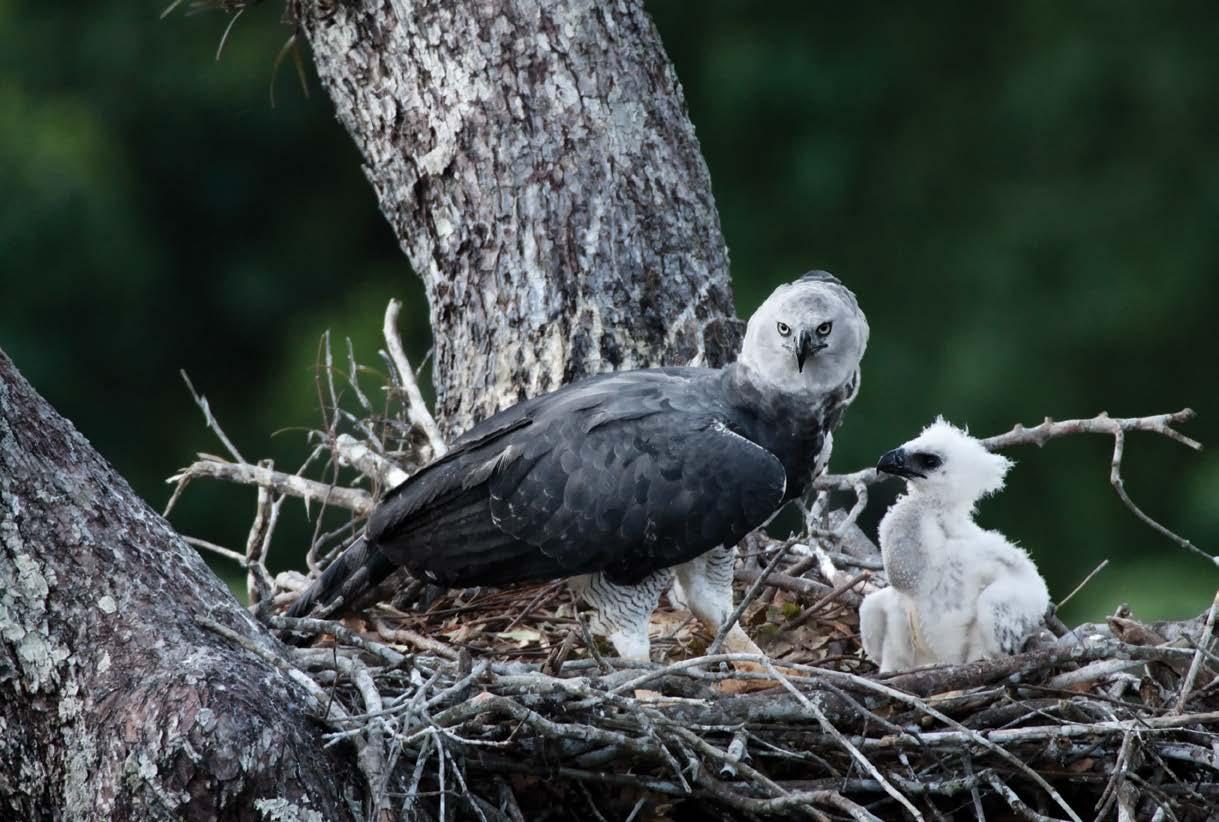
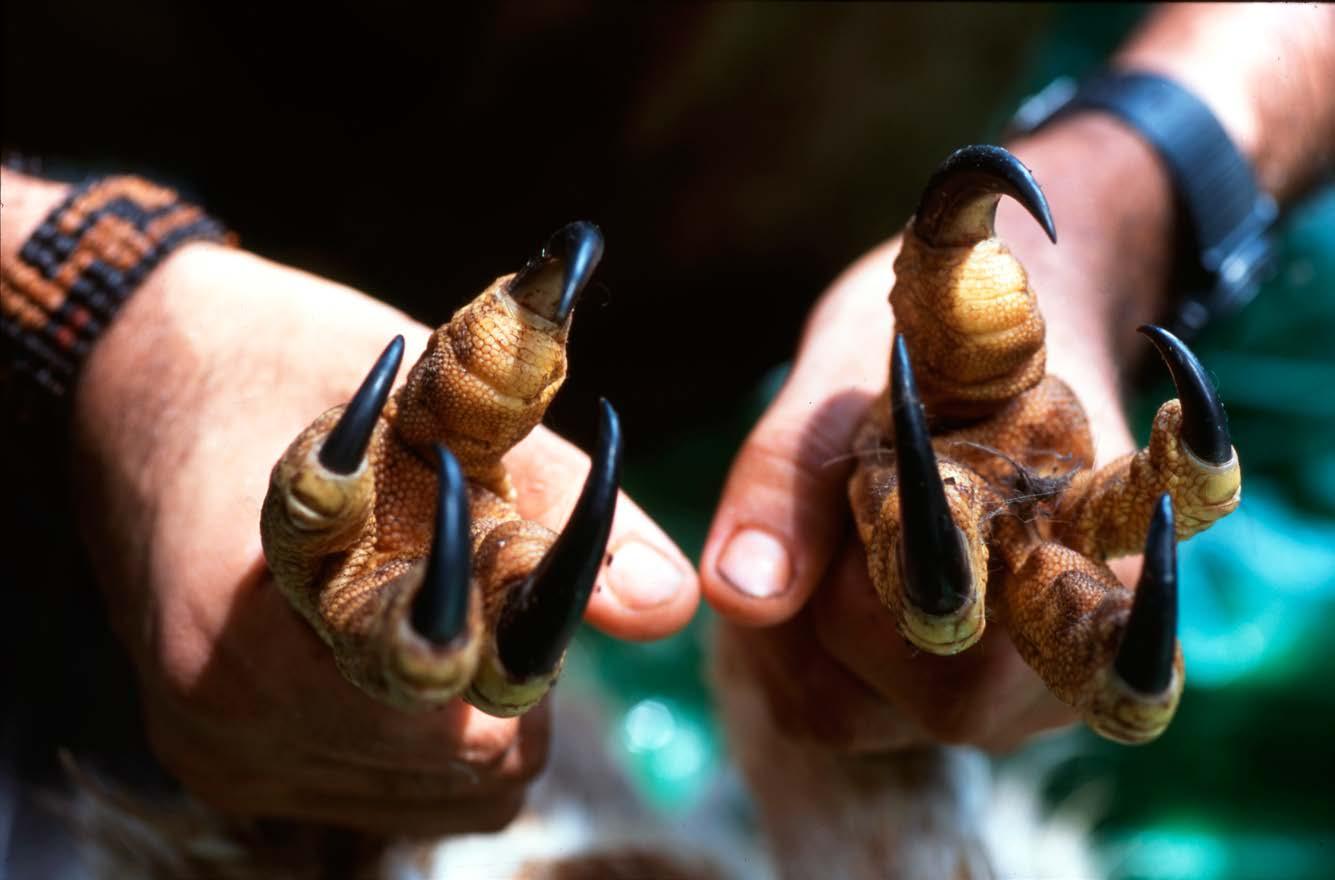
Pesquisador maneja filhote que receberá radiotransmissor via satélite. Reserva Florestal de Imataca, Venezuela l Researcher manipulating nestling which will have a satellite radio transmitter implanted. Imataca Reserve Forest, Venezuela
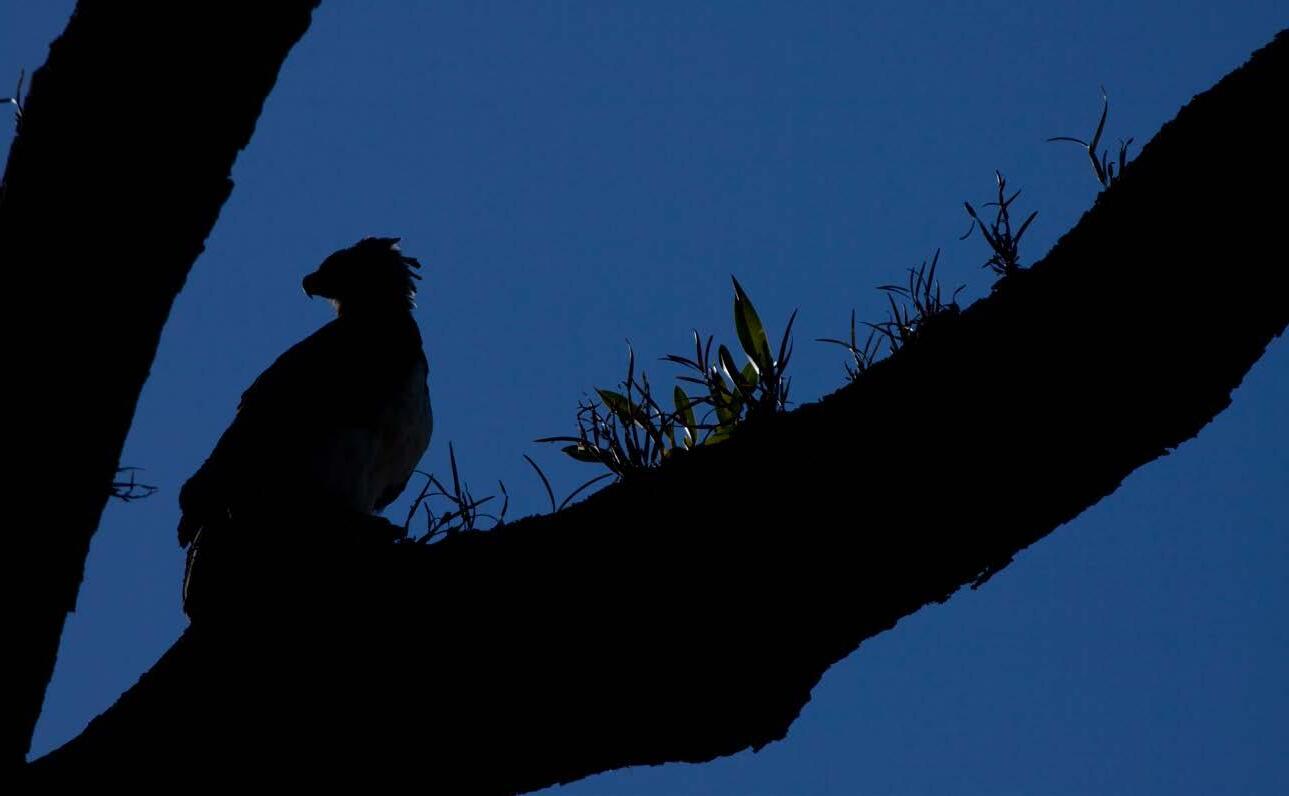
hábitos crepusculares, como gambás, mucuras e juparás. Carajás, Pará
opossums, and kinkajous. Carajás, Pará
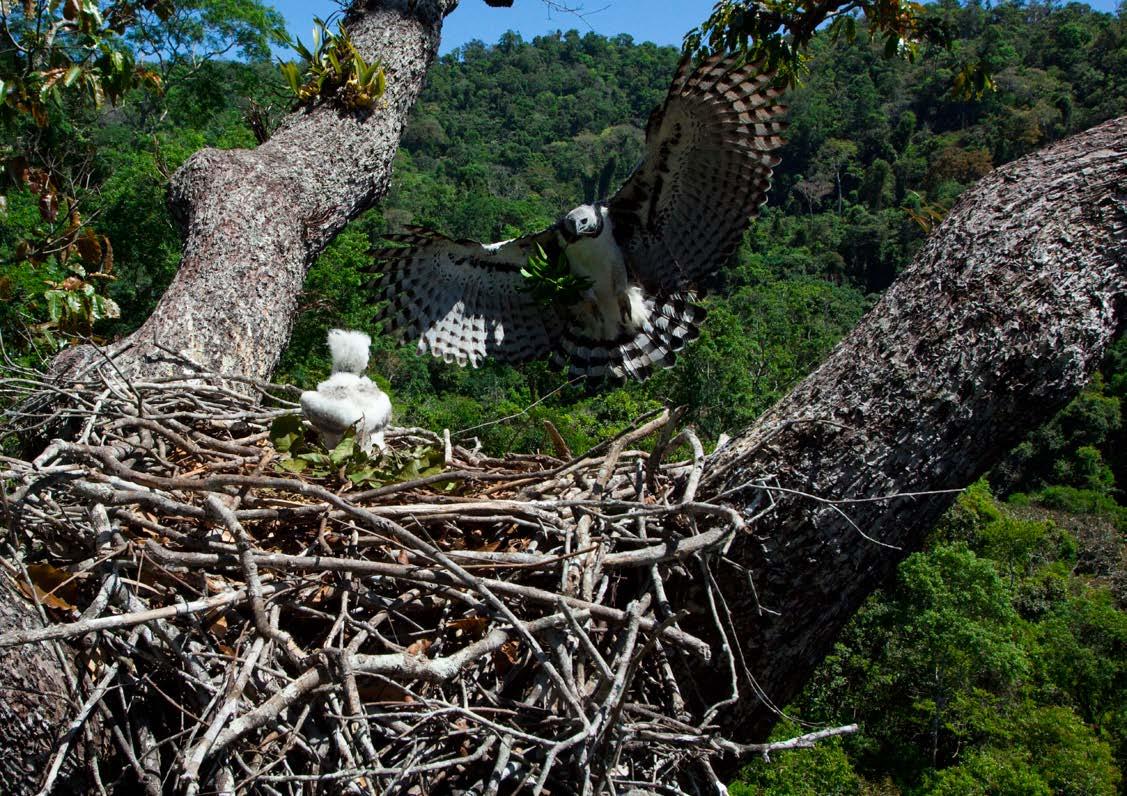
A harpia constrói seus ninhos em árvores emergentes, com alturas entre 35 e 50 m. As maiores árvores oferecem forquilhas com tamanho suficiente para sustentar estruturas que podem chegar a 3 m de diâmetro. Carajás, Pará l The harpy builds its nest in 35 to 50-meter tall growing trees (115 to 164 feet). The largest trees offer them forks large enough to support structures as big as 3m diameter (9.8 feet). Carajás, Pará
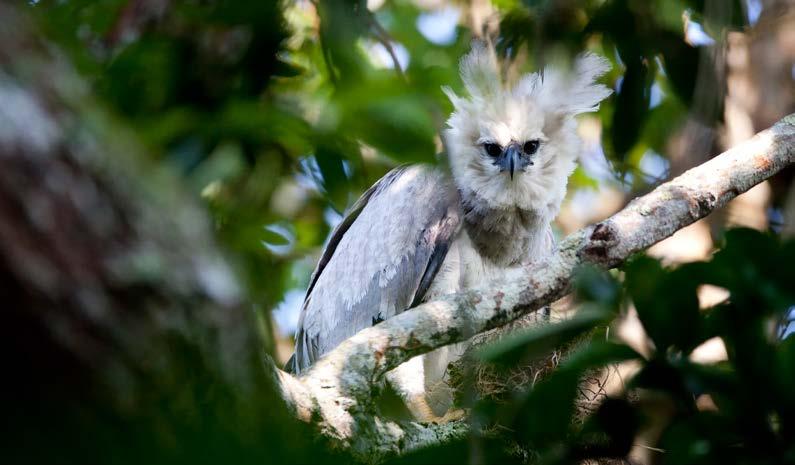
Fotos Photos João Marcos Rosa
Textos Texts Frederico Drumond
Tânia Sanaiotti
Roberto Azeredo
Harpia
Mensagem do Presidente
Message from the CEO
O compromisso com a sustentabilidade é um dos principais focos da Vale. Somos atualmente uma das empresas brasileiras que mais colabora com a preservação da biodiversidade do Brasil, integrando nossas atividades operacionais com a busca contínua pela conservação e recuperação dos ecossistemas das áreas onde atuamos. Temos, por isso, muito orgulho de fazer parte de um projeto tão importante e nobre quanto o da preservação da harpia (gavião-real), uma das maiores e mais belas aves de rapina do mundo.
Em parceria com o Instituto Chico Mendes para Conservação da Biodiversidade (ICMBio) e com o Instituto Nacional de Pesquisas da Amazônia (INPA), a Vale monitorou durante oito meses dois ninhos de harpia encontrados na Floresta Nacional de Carajás, trabalho que resultou na publicação deste livro, com informações e fotos inéditas sobre uma espécie tão importante para a biodiversidade brasileira.
Espero que as lindas imagens que embelezam as páginas deste livro contribuam para estimular a conscientização ambiental e demonstrem que podemos e devemos nos empenhar para conservar e proteger o meio em que vivemos.
Commitment to sustainability is a key focus of Vale. By integrating our operational activities with conservation and restoration of the ecosystems of the areas where we are settled into, we became one of the Brazilian companies which contribute the most to the preservation of Brazil’s biodiversity. Therefore, we are very proud of being part in such an important and noble project: the preservation of the harpy eagle, one of the largest and most beautiful birds of prey in the world.
In partnership with Chico Mendes Institute for Biodiversity Conservation (ICMBio) and National Institute for Amazonian Research (INPA), during eight months Vale monitored two harpy nests found in the Carajás National Forest. As a result, this book is coming out with pictures not published before and with information on a species which is very important to the Brazilian biodiversity.
I hope the images which beautify the pages in this book help stimulate environmental awareness. I also expect it to be evidence of our ability and obligation to preserve and protect our environment.
Roger Agnelli
Diretor - Presidente da Vale
Roger Agnelli President & CEO
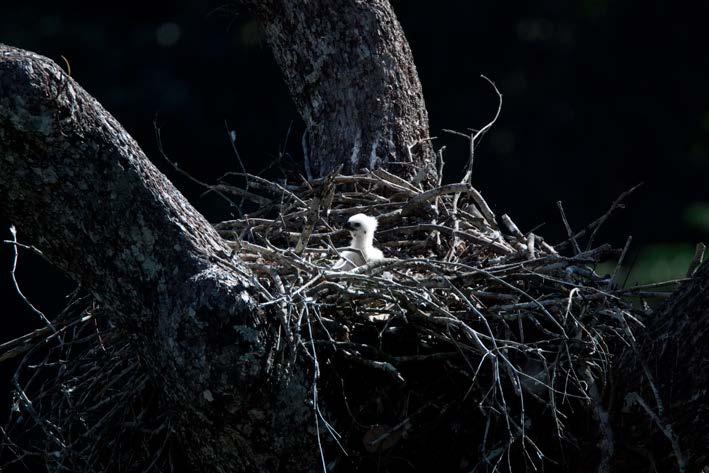
Coordenação"editorial"e"fotos"l Publisher"and"photos"
João"Marcos"Rosa
Textos" Texts
Frederico"Drumond"Martins
Roberto"Azeredo
Tânia"M Sanaiotti
Design" Graphic"design Flávia"Guimarães"
Produção"executiva" Executive"production Nitro"Imagens
Assistência"editorial" Editorial"assistant Ana"Paula"Carvalhais
Daniel"Barcelos
Assistentes"de"fotografia" Photographic"assistants
Marcus"Canuto Olivier" audoin
Copidesque"e"revisão""l Copydesk"and"proofreading Letícia"Féres
Tradução" English"version
Ana"Luiza"Libânio"Dantas
R788h"""""Rosa,"João"Marcos
Harpia"/"João"Marcos"Rosa"(fotos)."Textos"de"Frederico"Drumond," Tânia"Sanaiotti,"Roberto"Azeredo."Belo"Horizonte:"Nitro,"2010.
144"p.,"principalmente"fotografias"(coloridas). Texto"em"português,"com"tradução"paralela"em"inglês.
ISBN:"978(85(62658(01(3
1."Harpia"–"Fauna"silvestre."2."Biodiversidade"–"Pesquisa"–"Con servação."I Título."II Drumond,"Frederico."III Sanaiotti,"Tânia." IV Azeredo,"Roberto."
CDD:"598.2
CDU:"598.2
Informação"bibliográfica"deste"livro,"conforme"a"NBR"6023:2002"da"Associação" Brasileira"de"Normas"Técnicas"(ABNT):
ROSA ," oão"Marcos."Harpia."Belo"Horizonte:"Nitro,"2010."144"p."ISBN"978(85( 62658(01(3.
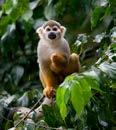
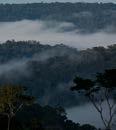
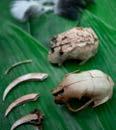
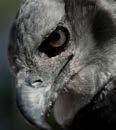
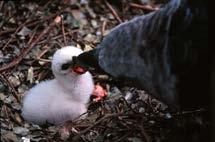

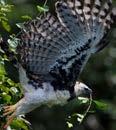
O"Gavião"Real"na"Floresta"Nacional"de"Carajás
The"Harpy"Eagle"in"Carajás"National"Forest
Frederico Drumond Martins
Analista Ambiental do ICMBio (Instituto Chico Mendes de Conservação da Biodiversidade)
Chefe da Floresta Nacional de Carajás
Aceitei com muita satisfação o convite para participar deste livro de fotos incríveis, que coroa o trabalho sobre a harpia, uma das espécies que mais admiro. E, antes de mais nada, deixo ao leitor um convite: venha conhecer a Floresta Nacional (Flona) de Carajás. Este é um lugar de beleza indescritível, imensa diversidade de plantas e animais e cenário para a maioria das fotografias aqui impressas.
A Flona de Carajás tem 400 mil hectares de área protegida e uma significativa amostra da biodiversidade amazônica, e faz fronteira com outras quatro unidades de conservação e uma reserva indígena. Este mosaico de unidades de conservação, em uma área de floresta amazônica contínua de mais de um milhão de hectares, tornou-se o maior remanescente de ecossistemas preservados das regiões sul e sudeste do Pará. Pela grande pressão antrópica nessa parte do Brasil, a Flona de Carajás acabou se tornando abrigo para diversas espécies da fauna e flora consideradas raras e ameaçadas.
Rainha do dossel
Entre as mais de 600 espécies de aves já registradas em Carajás, encontramos a maior águia brasileira, a harpia. Os registros visuais da espécie são relatados na região desde as primeiras listas publicadas de aves. Recentemente foram descobertos dois ninhos – ambos com casais em atividade reprodutiva –, e este é um importante indicador de preservação ambiental. Uma área preservada é requisito primordial para que o casal escolha uma árvore emergente que proporcione boa visão da floresta, possa coletar galhos para manutenção do ninho e, principalmente, caçar em um território definido, garantindo a sobrevivência das novas gerações.
Os estudos de espécies bioindicadoras, como é o caso da harpia, são ferramentas fundamentais para a gestão de uma unidade de conservação. Eles ajudam a interpretar o ambiente e a direcionar as ações prioritárias para o cumprimento do objetivo maior de qualquer área protegida: a conservação de seus ecossistemas.
A descoberta e o monitoramento desses dois ninhos já nos impõem algumas questões, como a necessidade de se restringir o uso das áreas de nidificação, desde a preservação das árvores usadas para sua construção até a proteção do território dos casais de harpia.
Environmental Analyst for ICMBio - Instituto Chico Mendes de Conservação da Biodiversidade (Chico Mendes Institute for Biodiversity Conservation)
Head of the Carajás National Forest
It was with great honor that I accepted the invitation to participate in this book of wonderful pictures, which crowns the work on the Harpy, one of the species I admire the most. And before all, I leave the reader an invitation: Come visit the Carajás National Forest. It owns an indescribable beauty, an immense diversity of plants and animals, and it is the landscape in most of the pictures in this book.
The Carajás National Forest is an area of 400 thousand hectares (988.4 acres) of protected land and significant sample of Amazonian biodiversity. The forest borders four other preserved areas as well as an indigenous reserve. This mosaic of protected areas, within a one-million-hectare area of continuous rainforest, has become the biggest remaining preserved ecosystem in southern and southeastern Pará. For the great anthropogenic pressure in this part of Brazil, Carajás National Forest became shelter for several species of the rare and endangered fauna and flora.
Queen
Among the more than 600 bird species already catalogued in Carajás, one can find the largest Brazilian eagle, the Harpy Eagle. The first accounts of seeing this species have been reported in the region since the first time there was a published list of birds. Two nests have recently been discovered – both with couples actively reproductive –indicating environmental protection. A preserved area is the primary requirement for the couple’s choice of a growing tree that will provide them with a good view of the whole forest. A good vista will allow them collect sticks for nest maintenance and mainly hunt in a defined territory, ensuring the survival of future generations.
Studies of bioindicators, such as the Harpy Eagle, are fundamental tools for the management of a conservation unit. They help interpret the environment and direct priority actions for achieving the ultimate goal of any protected area: The conservation of their ecosystems. The finding and monitoring of these two nests raise some questions, such as the need to restrict the use of nesting areas, ranging from protection of the trees used for its construction to protection of the territory of the Harpy couples.
The Canopy
Frederico Drumond Martins
Conscientização e união
A beleza e a imponência dessa águia colaboram imensamente para despertar o interesse em conhecer e preservar a nossa biodiversidade. Neste sentido, a educação ambiental tem sido um instrumento de suma importância para a conscientização da comunidade residente no entorno da floresta. Os registros visuais e as informações adquiridas a partir do monitoramento dos ninhos têm sido divulgados em mostras científicas, semanas temáticas, palestras em escolas e trabalhos voltados para a comunidade, despertando a consciência dos vizinhos da floresta para a importância da preservação ambiental.
A descoberta do primeiro ninho impulsionou o nascimento de uma forte parceria para a proteção desta espécie. O Instituto Chico Mendes de Conservação da Biodiversidade (ICMBio), órgão gestor, abriu as portas para o Programa de Conservação do Gavião Real, dando todo o apoio para a Floresta Nacional de Carajás se tornar um importante núcleo de estudo da harpia. A mineradora VALE, empresa com responsabilidade ambiental, abraçou o programa, garantindo os recursos necessários para que as pesquisas e os registros visuais possam ser compartilhados com a sociedade. O Instituto Nacional de Pesquisas Amazônicas (INPA), instituição especializada na região, coordena as atividades em Carajás, trazendo toda sua experiência para plantar nesta floresta uma semente que já começa a gerar frutos.
O segundo ninho encontrado fortaleceu ainda mais essa parceria, estimulando cada instituição a refletir sobre seu papel para conter a ação predatória do ser humano, especialmente o desmatamento e a substituição da floresta por paisagens que não permitem a preservação da biodiversidade. Com a união e o trabalho de todas as instituições envolvidas no projeto, abre-se agora um novo horizonte para buscarmos, com realismo e maturidade, a conservação da harpia no Brasil.
Awareness and union
The beauty and grandeur of the Harpy Eagle promotes the interest in knowing and preserving our biodiversity. Thus being the environmental education such an important tool to raise awareness of the surrounding forests dwellers. The accounts and information acquired from monitoring the nests have been shown in science fairs, academic lectures, and social works. These actions have raised awareness of the forest’s neighbors for the importance of environmental protection.
The discovery of the first nest incited a strong partnership for the protection of these species. Chico Mendes Institute for Biodiversity Conservation (ICMBio), paved the way to the Harpy Eagle Protection Program by supporting the Carajás National Forest in becoming an important area in the studies of the Harpy. The mining company Vale, an environmental responsible company, has embraced the program providing necessary resources for sharing research and visual records. The National Institute for Amazonian Research (INPA), a specialized institution in the region, coordinates activities in Carajás. With all its experience in this forest it is planting a seed that is already beginning to bear fruits.
The second nest found further strengthened this partnership. The finding encouraged each institution to reflect on their role in controlling human predatory activities, particularly deforestation and replacement of forests in landscapes that do not allow preservation of biodiversity. Group work among the institutions involved in this project will open up, with realism and maturity, new ways toward the protection of the Harpy Eagle in Brazil.
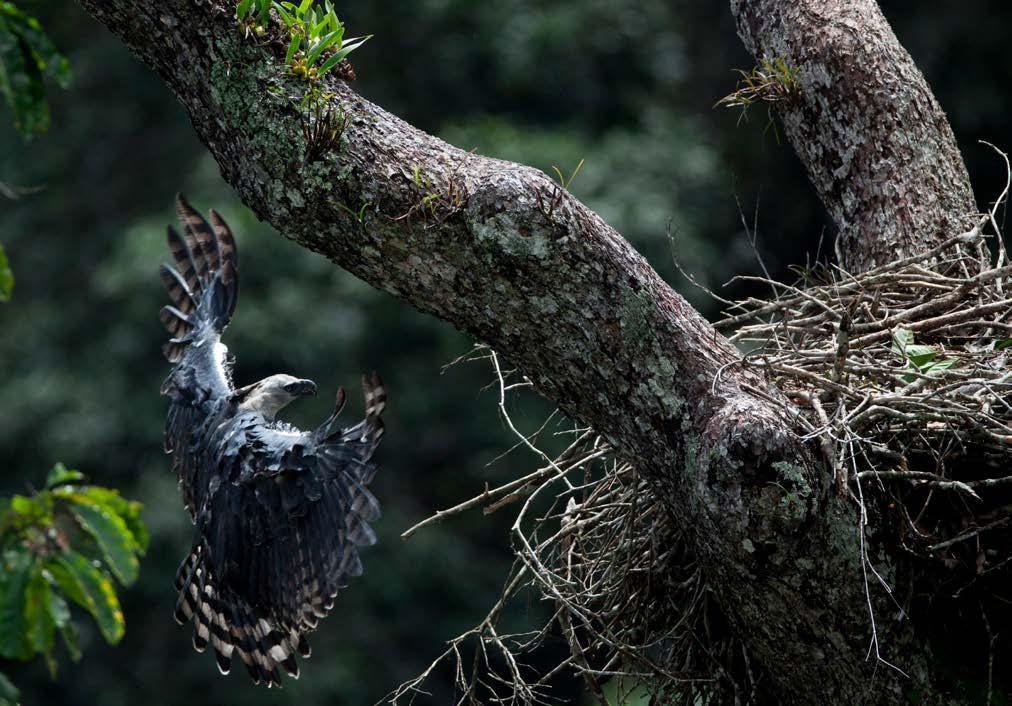
Apesar do grande porte – pode alcançar 2,2 m – a harpia demonstra graça e habilidade na chegada ao ninho. Carajás, Pará Despite its large size that can reach 2.2 m (7.2 feet) the harpy shows grace and skill when landing at the nest. Carajás, Pará
Na pequena clareira em meio à floresta, o alojamento às margens do rio Águas Claras é um dos principais pontos de apoio para os pesquisadores. Eles aproveitam essas estruturas, que foram construídas inicialmente para abrigar equipes de prospecção mineral. Carajás, Pará In the small clearing amid the forest, the housing by the Águas Claras River serves as one of the main bases for the researchers. They fully utilize the structure, which has initially been built to house mineral exploration teams. Carajás, Pará
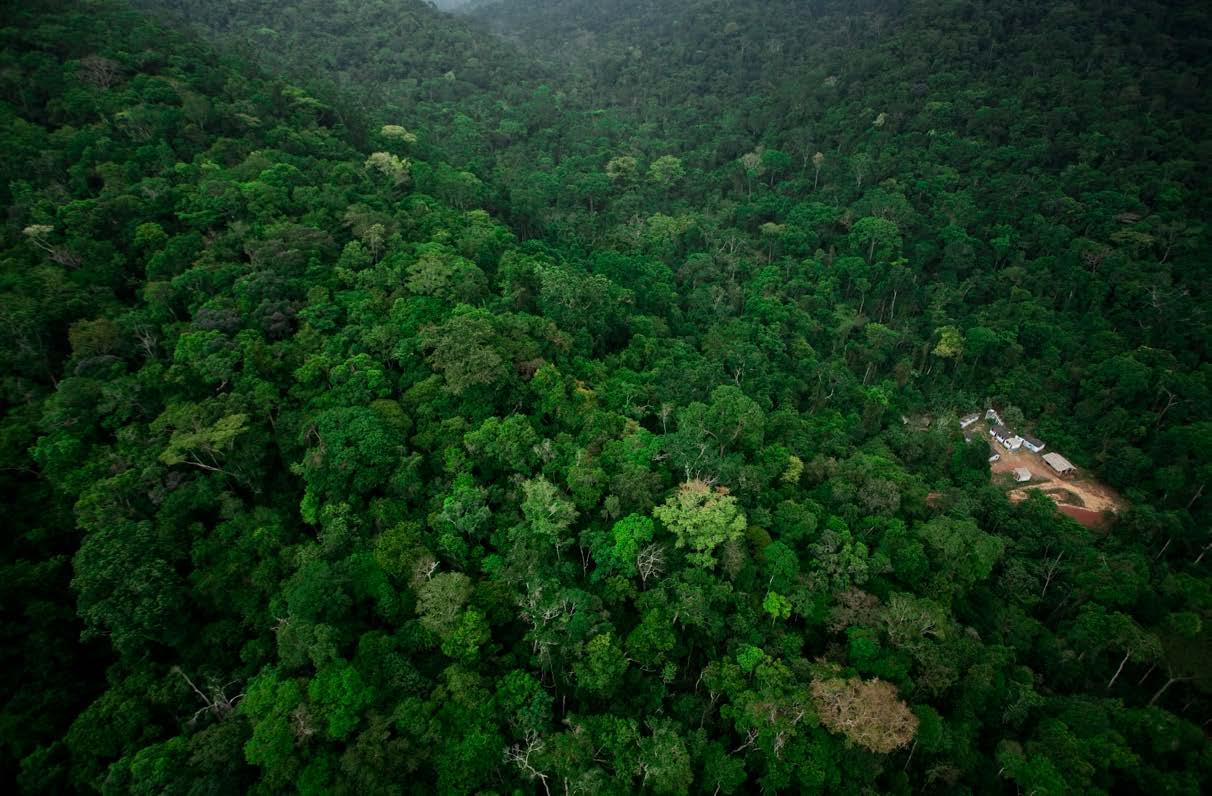
Aos 4 meses de idade, o filhote do ninho localizado no Igarapé
Bahia já exibe seu penacho. Carajás, Pará In the nest in Igarapé
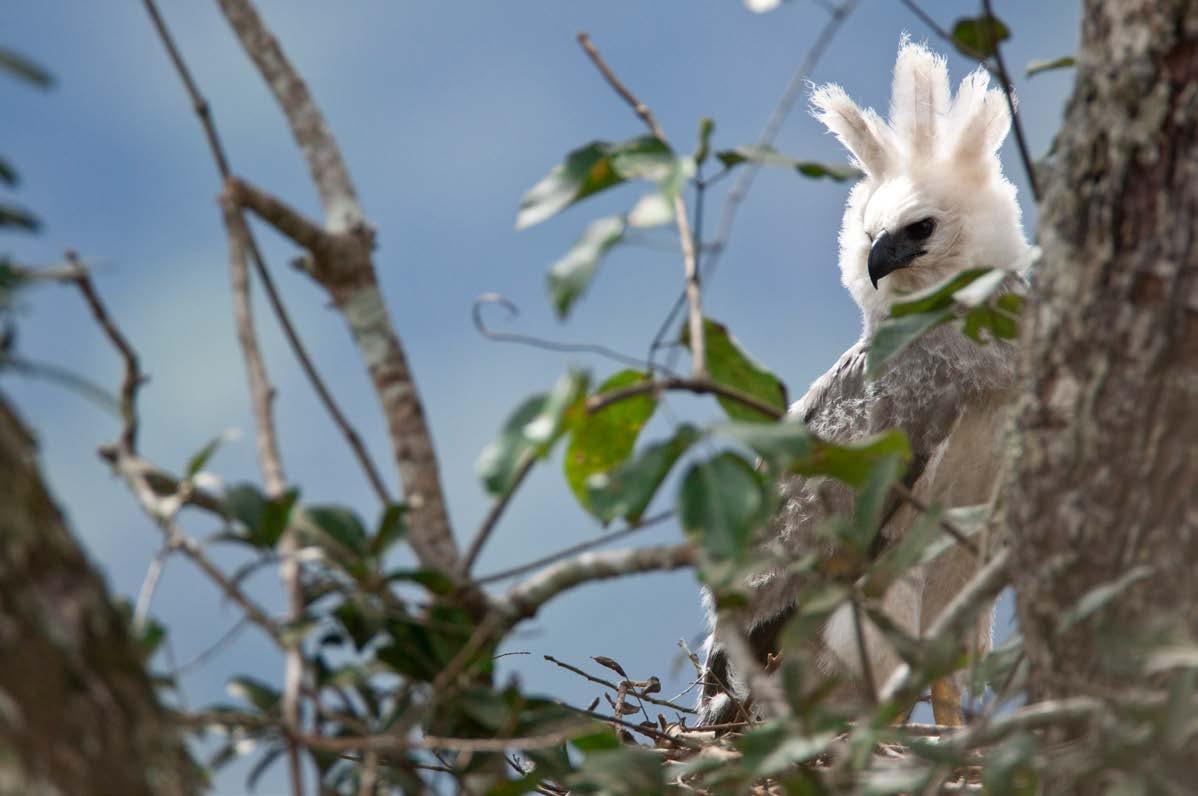
Bahia, the four-month old nestling already displays its plumage. Carajás, Pará
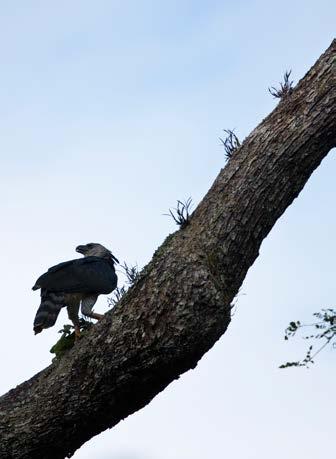
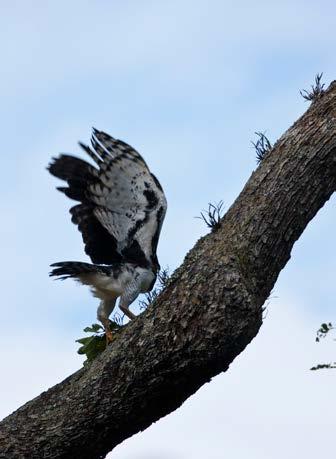
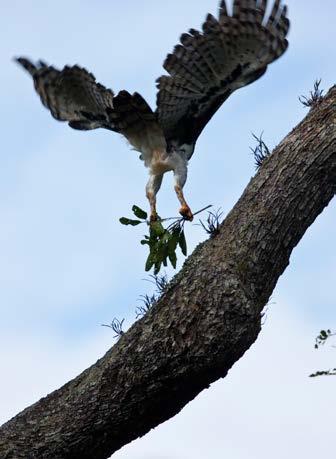
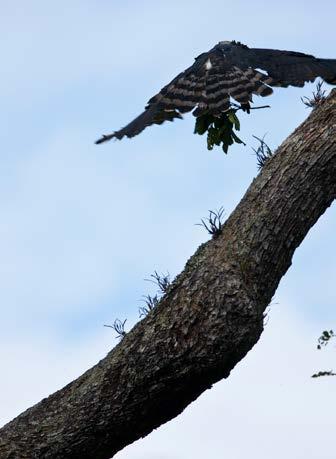
O macho busca materiais que servem tanto para fazer a manutenção do ninho quanto para cortejar a fêmea no período de acasalamento. Carajás,
Pará l The male looks for material, which is used for nest maintenance, as well as to court the female during mating. Carajás, Pará
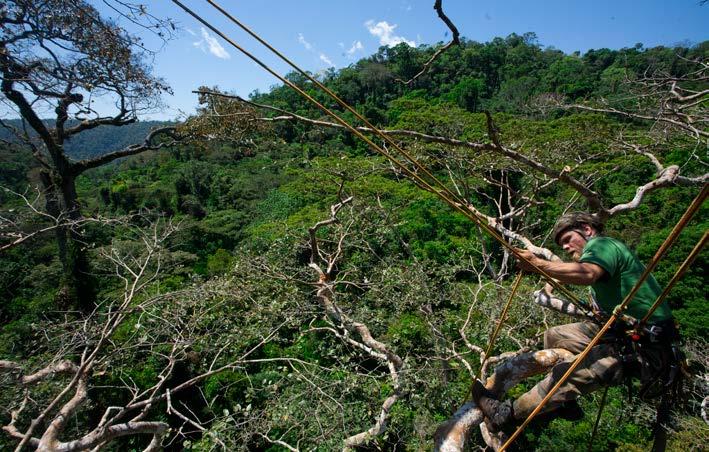
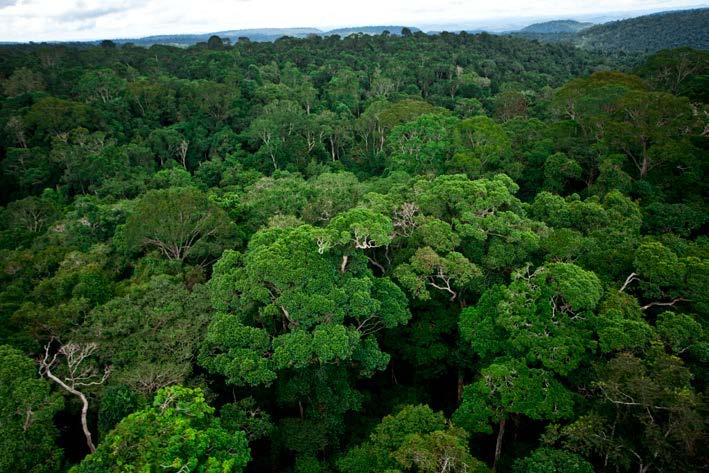
Observada de um helicóptero, a Floresta Nacional de Carajás causa a impressão de ser uma superfície impenetrável Watched from a helicopter, the Carajás National Forest seems to be an impenetrable surface
Escaladores especializados, como Olivier Jaudoin, ensinam os pesquisadores a alcançar e trabalhar no dossel utilizando técnicas verticais. Carajás, Pará Specialized climbers, such as Olivier Jaudoin, teach researchers how to reach and work in the canopy. Carajás, Pará
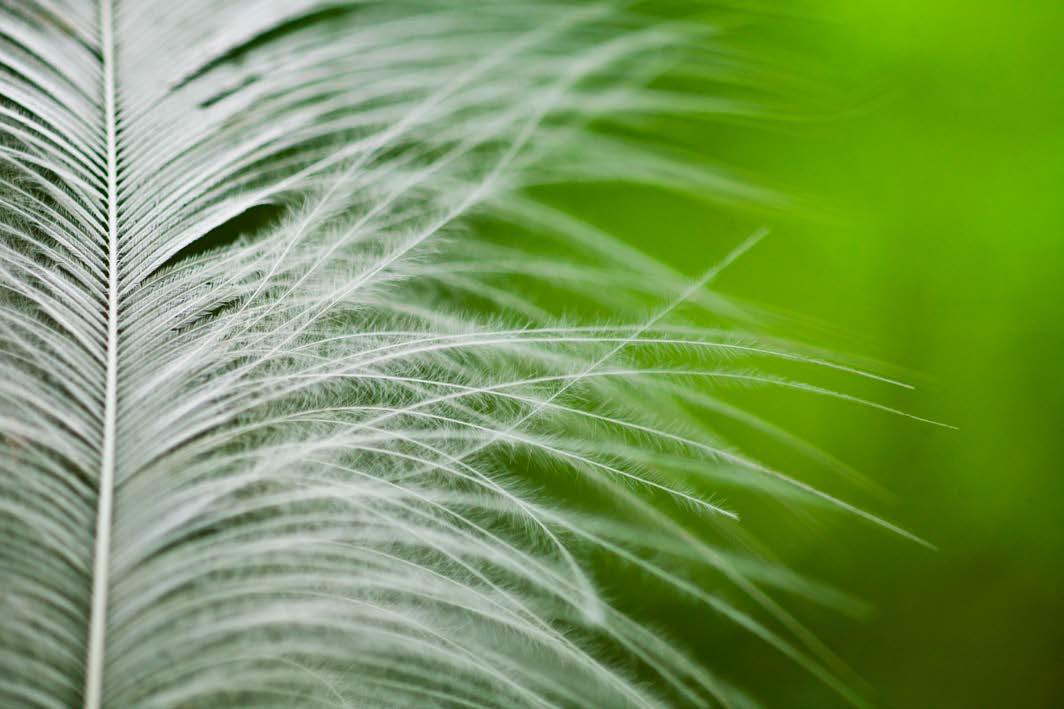
Detalhes
coletada
ninho Águas Claras. Carajás, Pará Detail from a nestling’s feather picked under the tree where the Águas Claras nest is located. Carajás, Pará
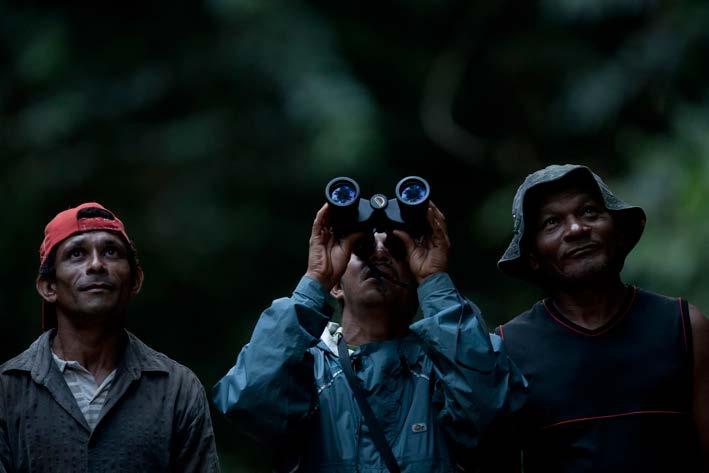
A população local ajuda a encontrar e a monitorar ninhos. Estes folheiros de jaborandi auxiliam os pesquisadores em campo, buscando novos ninhos enquanto trabalham na floresta.
Carajás, Pará The local people help find and monitor nests. In the field these jaborandi reapers assist researchers looking for new nests while working in the forest. Carajás, Pará
A presa levada pelo macho alimentará o filhote de apenas um mês e a fêmea. Durante os dois primeiros meses a mãe permanece sempre próxima ao ninho, e somente o macho caça. Carajás, Pará The prey taken by the male will feed the female and the one-month-old nestling. Until the nestling reaches two months of age the mother remains close to the nest and only the male hunts. Carajás, Pará
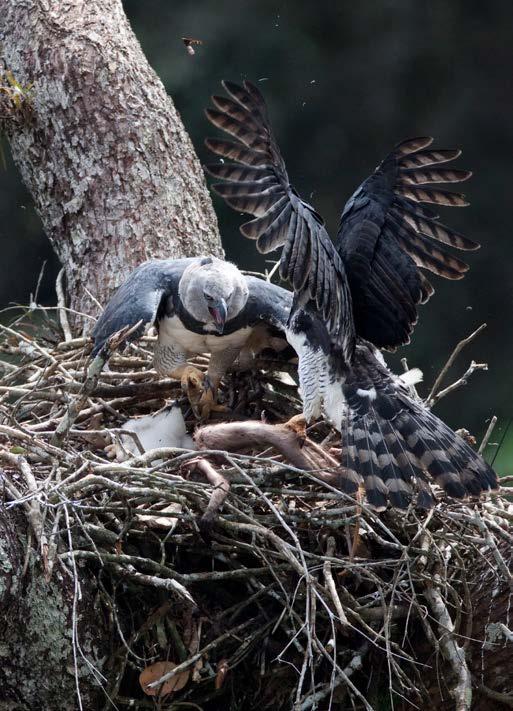
A fêmea é cerca de um terço maior do que o macho e pesa até 10 kg. Sem ultrapassar os 6 kg, o macho adulto é mais ágil e caça com mais facilidade The female harpy weighs 10 kg (22 lbs.) and is about one-third larger than the male. Not more than 6 kg (13.2 lbs.), the adult male is more agile and a better hunter
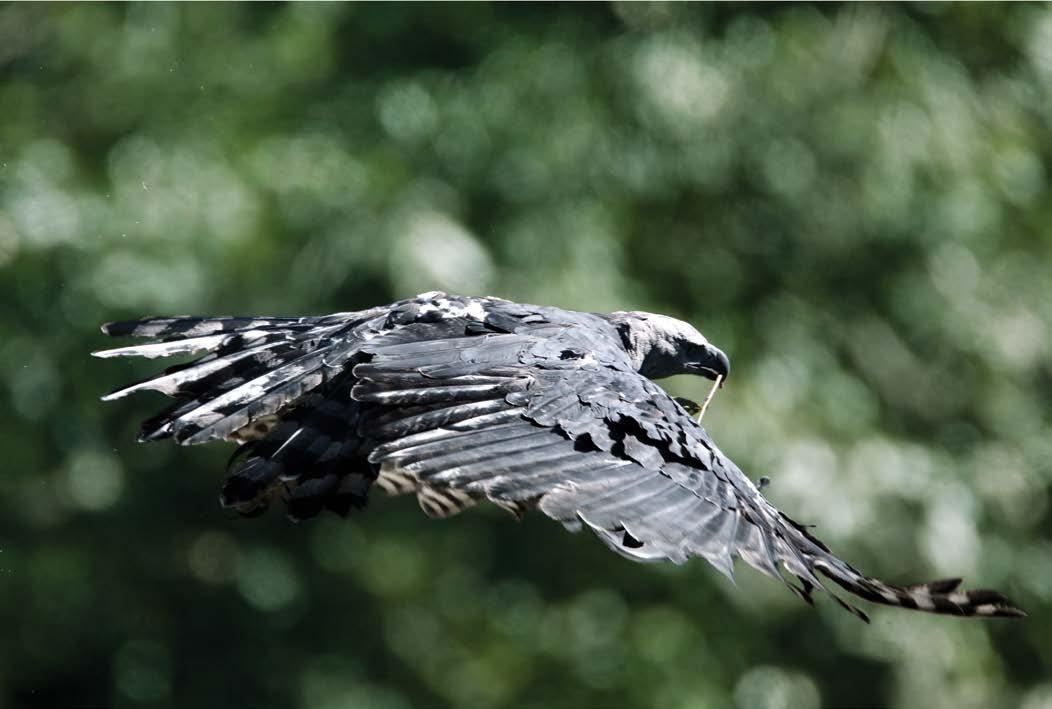
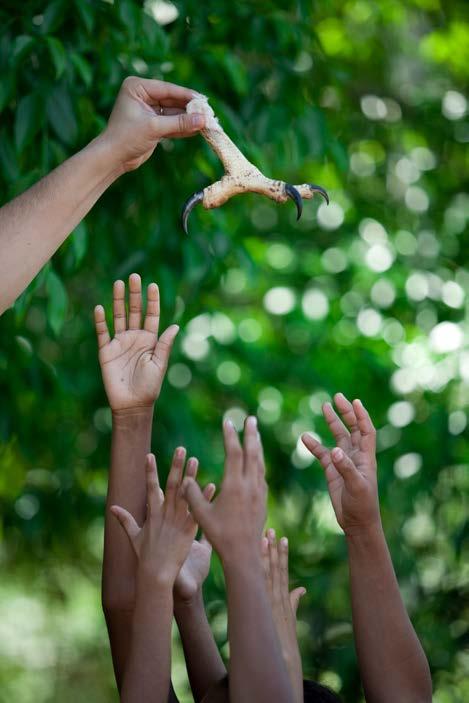
Alunos da escola Jorge Amado, no entorno da Floresta Nacional de Carajás, participam de uma palestra sobre harpias. Os pesquisadores buscam na educação ambiental uma ferramenta capaz de sensibilizar as comunidades e torná-las parceiras do projeto. Carajás, Pará l Students at the Jorge Amado School in the vicinity of the Carajás National Forest participate in a class about the harpy eagle. Researchers use environmental education as tool to have the community sympathize with the project and become partners in it. Carajás, Pará
Apreendido pela equipe do ICMBio na casa de um agricultor, esse indivíduo passa por processo de reabilitação na Fundação Zoobotânica de Carajás. Ele está sendo preparado para, quando for devolvido à natureza, levar consigo um radiotransmissor l After being seized in a farmer’s house by the ICMBio team this animal is going through rehabilitation process at the Carajás Zoobotanica Foundation. It is being prepared to carry a radio transmitter when it returns to the wild
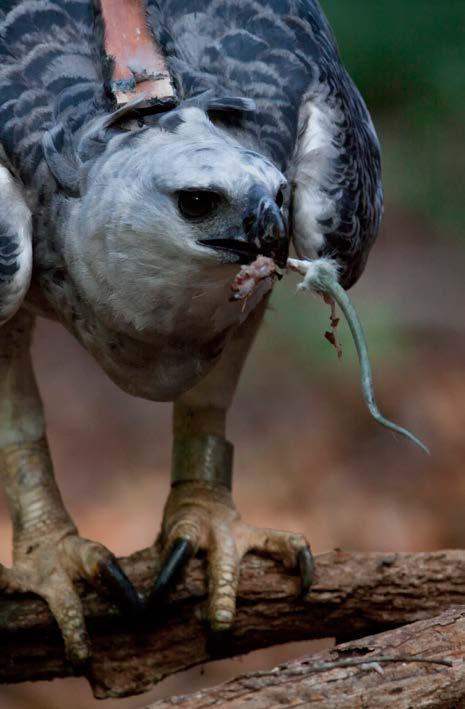
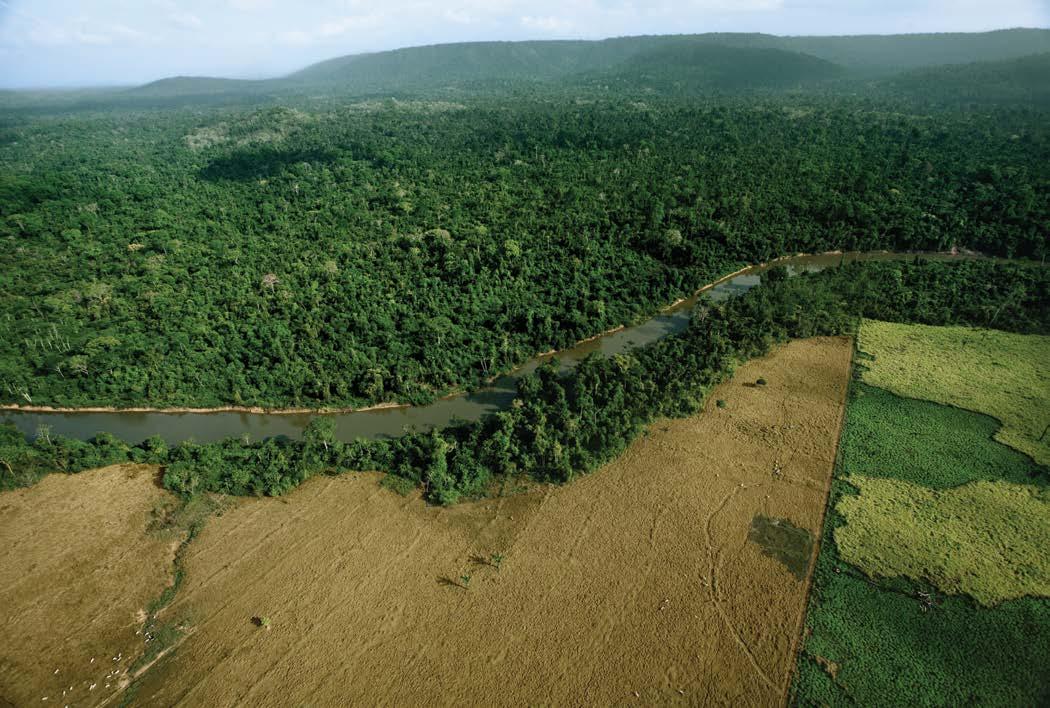
O avanço das fronteiras agropecuárias é uma das maiores ameaças à espécie. Na imagem, observa-se a pastagem avançando até o rio Parauapebas, fronteira natural da Floresta Nacional de Carajás The expansion of farming is one of the biggest threats to the species. In the picture, there is a pasture land moving towards the Parauapebas River, natural border of the Carajás National Forest
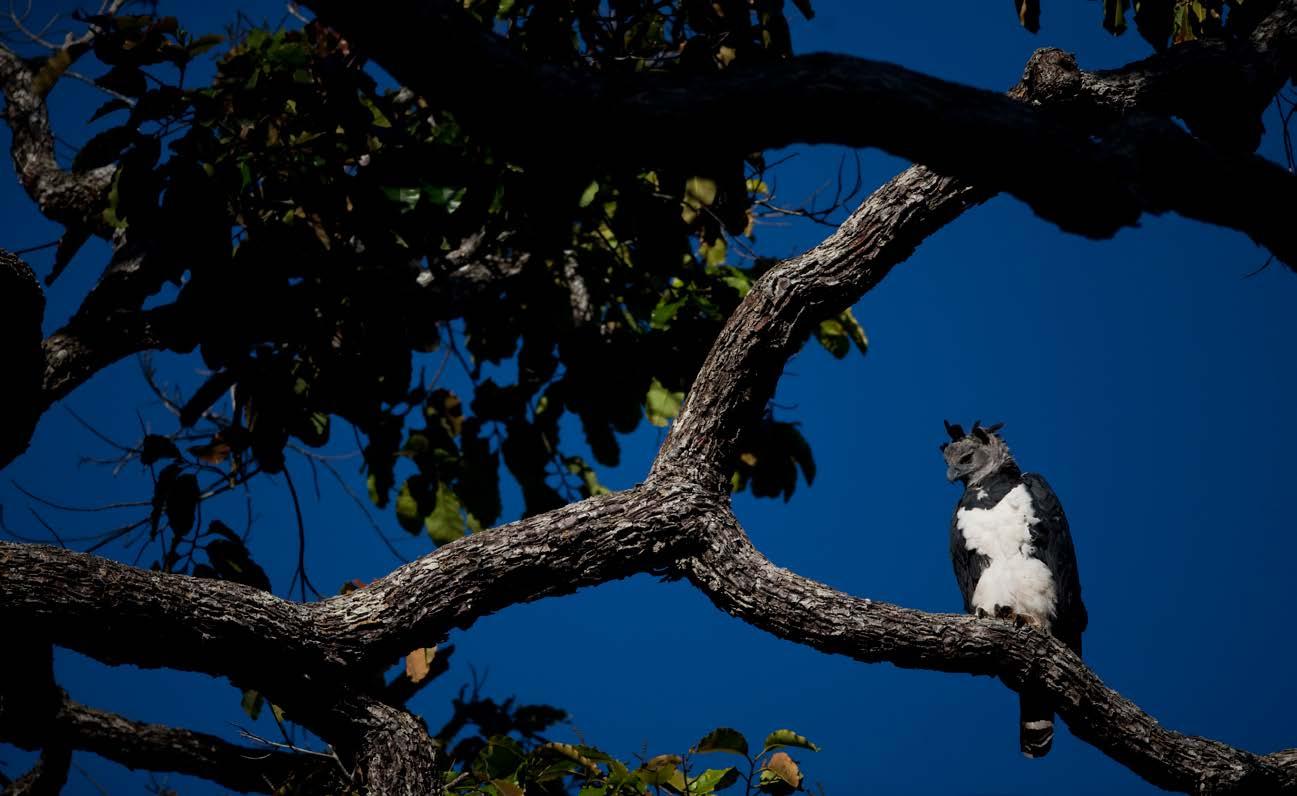
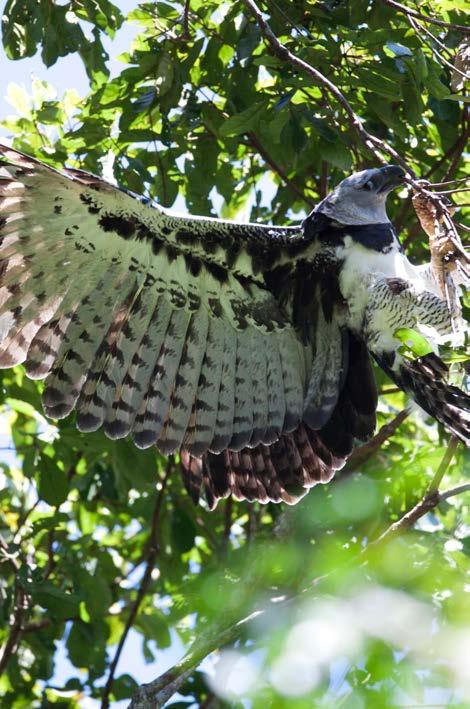
Na perna deste macho pode-se ver um ferimento. Provavelmente foi causado por uma presa durante a caçada. Carajás, Pará On this male’s leg there is an injury which was probably caused by a prey during the hunt. Carajás, Pará
Em um instante raramente documentado, esta fêmea retorna ao ninho com um primata entre as garras. Com 2 meses de idade, o filhote é alimentado com maior frequência e, por isso, ganha peso rapidamente. Carajás, Pará In this rarely documented moment the female returns to its nest carrying a primate in its claws. When two months old the nestling is more frequently fed; therefore, it quickly gains weight. Carajás, Pará
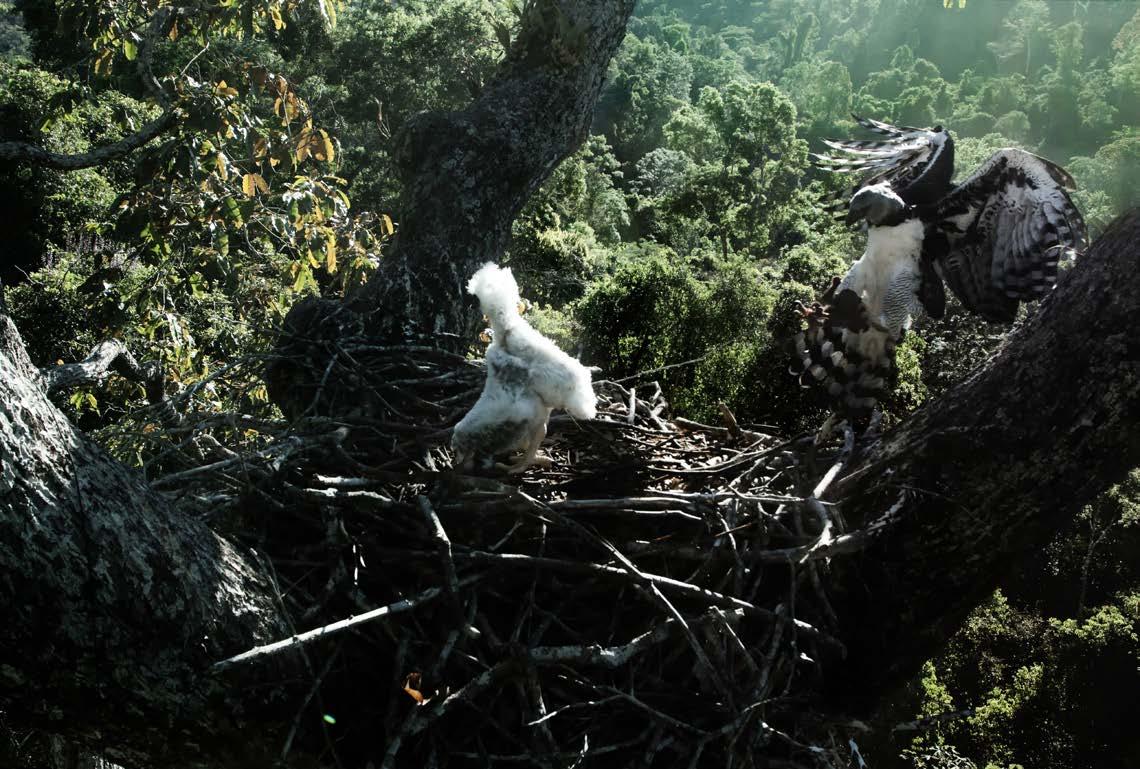
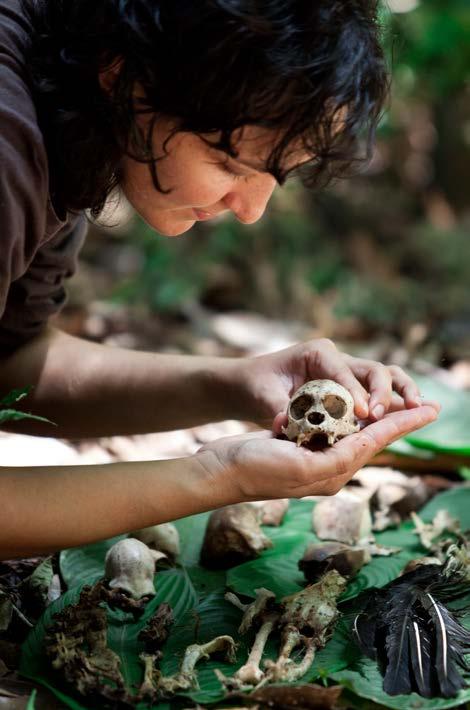
A bióloga Helena Aguiar coleta dados sobre a alimentação da espécie. Sua tese de mestrado, realizada em Parintins, mostrou que 99% das espécies predadas eram arborícolas. Os bugios (à direita) fazem parte dessa dieta The biologist Helena Aguiar collects data on the eating habits of the species. Her master’s thesis, written in Parintins, argues 99 percent of the harpy’s prey is arboreal. On the right side of the picture, the howler monkey, also known as Bugio, is part of its diet
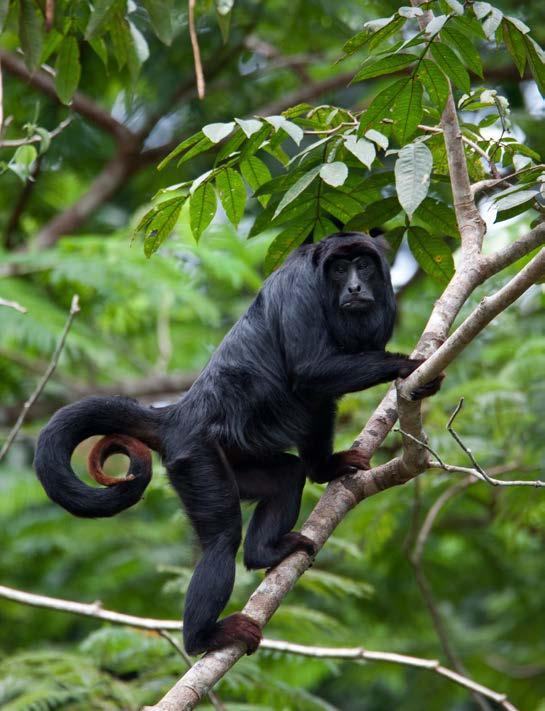
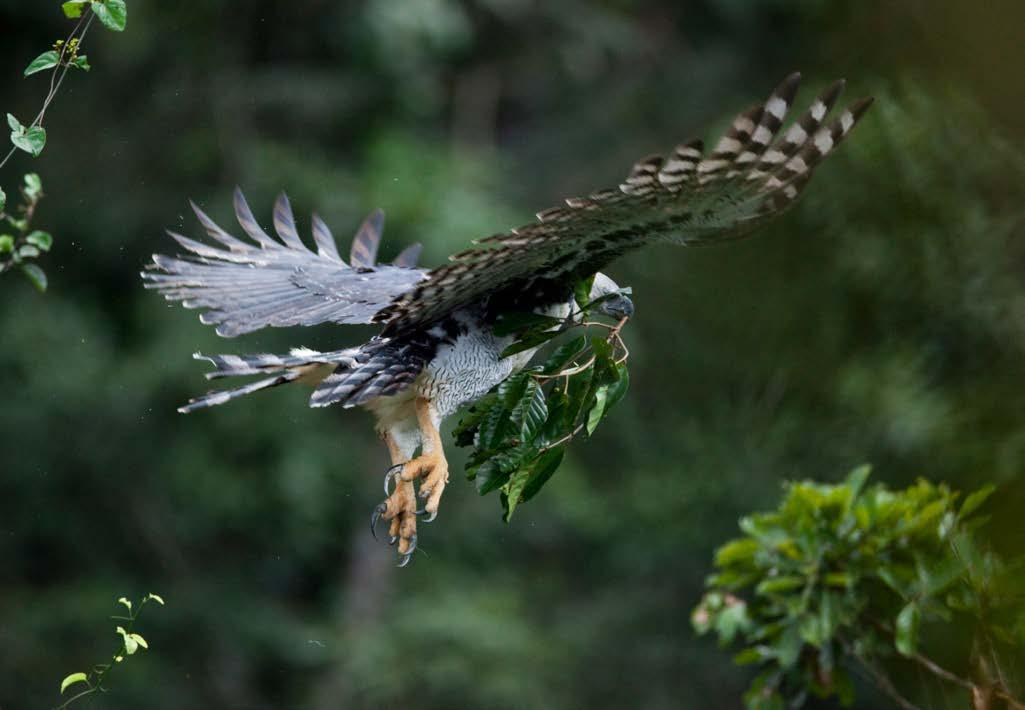
Carajás, Pará
A"majestosa"harpia"no"Brasil
Tânia M. Sanaiotti
Pesquisadora do Instituto Nacional de Pesquisas da Amazônia (INPA)
Coordenadora do Programa de Conservação do Gavião-Real
The"Majestic"Harpy"in"Brazil
Tânia M. Sanaiotti
Researcher, National Institute of Amazonian Research (INPA)
Coordinator of the Harpy Conservation Program
O estudo da harpia ou gavião-real é, antes de tudo, um apaixonante aprendizado de paciência. Dona de hábitos discretos e quase sempre silenciosa, esta águia é considerada a mais forte do planeta, pois suas garras podem carregar presas equivalentes ao peso da ave – no caso dos machos, cerca de seis quilos e das fêmeas, aproximadamente 10. Diferentemente de outras aves, vocaliza apenas nos períodos de acasalamento e de alimentação dos filhotes no ninho. Por isso, identificar sua presença na floresta não é missão simples, o que quase sempre requer do pesquisador um pouco das técnicas utilizadas pelo seu próprio objeto de estudo. Fôlego para subir em árvores que superam 40 metros de altura, resistência física e refinado sentido de observação são alguns dos requisitos para espreitá-la majestosamente alojada no dossel e tentar decifrar alguns dos mistérios dessa ave que ultrapassa 2 metros de envergadura.
É dessas árvores altas e com vista privilegiada da mata que a águia sai em velocidade para atacar com perspicácia, após detectar sua presa, pelos aguçados sentidos da visão e audição. A capacidade de girar a cabeça 180 graus também contribui para o sucesso dessa caçadora. Já o alvo consiste basicamente de animais arborícolas herbívoros, como preguiças e primatas. Outros vertebrados que utilizam o dossel, como porcos-espinhos, tucanos e araras, complementam a dieta deste predador. No Brasil, ela está presente nas florestas Amazônica e Atlântica e em matas ciliares do Cerrado; nestas últimas e no Pantanal desloca-se sobre áreas de vegetação mais aberta entre serras e beiras de rios, alimentando-se de tatus, veados e quatis.
The study about the harpy is more than anything an exciting lesson of patience. Owner of discrete habits and often silent, this eagle is considered the strongest in the world because its claws can carry a prey which weights as much as it does. Males weight about 6kg (13.2 lbs.) and females about 10kg (22 lbs.). Unlike other birds the harpy vocalizes only during mating periods and when feeding its nestlings. Therefore, it is not so simple of a task to identify its presence in the forest; thus almost always requiring from the researcher few techniques used by its own object of study. Breathe to climb trees above 40 meters tall (131.2 feet), physical strength, and a refined sense of observation are some of the requirements to spy on the harpy while it is majestically housed in the canopy, as well as to try and decipher some of the mysteries of the bird that exceeds two meters (6.5 feet) in wingspan.
It is from these tall trees with privileged view of the forest that the far-sighted and highly developed hearing harpy, after detecting its prey, takes flight in high speed to attack with perspicacity. The ability to rotate its head 180 degrees also contributes to the success of the hunt. Its target is primarily arboreal herbivorous animals, such as sloths and monkeys. Other vertebrates which also inhabit the canopy, such as porcupines, toucans and macaws, complement this predator’s diet. In Brazil, the harpy lives in the Amazon and Atlantic rainforest and in the riparian forests of the Cerrado. In the riparian forests, as well as in Pantanal it flies over open green areas between mountains and rivers, feeding on armadillo, deer and coati.
Um programa de conservação
Nos livros, a primeira descrição da harpia foi feita pelos naturalistas europeus ainda no século XVIII, quando a espécie habitava a maioria das grandes florestas desde o sul do México até o norte da Argentina. Quase três séculos de exploração desmedida dos recursos naturais separam essas publicações do primeiro projeto brasileiro de pesquisa e conservação da espécie. A descoberta de um ninho próximo a Manaus, em 1999, foi o que instigou pesquisadores do Instituto Nacional de Pesquisas Amazônicas (INPA) a voltar seu olhar para a espécie. Depois disso, novos ninhos foram registrados, mapeados e monitorados por biólogos e escaladores que compõem uma equipe multidisciplinar no Programa de Conservação do Gavião Real.
O nome do projeto é inspirado em uma das muitas denominações pelas quais a harpia é conhecida no país. A alcunha gavião-real se deve ao porte imponente e à coroa de penas no topo da cabeça. Já a origem do nome científico Harpia harpyja remete à mitologia grega, numa alusão aos seres metade águia e metade mulher. Mas entre os povos da floresta, os apelidos são os mais diversos: uiraçu, gavião-preguiça e até gavião-neném.
Em uma década, o trabalho realizado pelo programa só se tornou possível com a colaboração de outros bons observadores locais. Para a localização dos ninhos, o INPA conta com a cooperação de diversas fontes, em sua maioria, proprietários ou vizinhos dos terrenos onde harpias foram avistadas, e a preciosa ajuda de funcionários de unidades de conservação. Em função disto, a estratégia utilizada no Programa de Conservação do Gavião-Real está vinculada essencialmente ao envolvimento das comunidades tradicionais do entorno de áreas preservadas e à solidificação de parcerias com instituições federais, estaduais e privadas, favorecendo a crescente divulgação da importância da preservação ambiental e o sucesso nos resultados já alcançados.
Esta rede de apoio potencializa a atuação dos biólogos do projeto em distintas frentes de atuação, como a identificação dos processos e variáveis que interferem na distribuição e abundância da harpia nas florestas brasileiras, além dos estudos sobre o grau de fidelidade da espécie às áreas de nidificação. Também são realizadas análises quantitativas e qualitativas de presas coletadas para identificar a dieta do animal.
Com o uso da tecnologia, o monitoramento das jovens águias por telemetria constitui outro campo da pesquisa. A ferramenta ajuda a determinar o nível de dispersão populacional, enquanto análises sobre densidade populacional contribuem para uma definição mais exata do status de conservação da espécie. Uma frente com pesquisas em laboratório estuda características genéticas do animal e acaba por colaborar com programas de
A Conservation Program
The first description of the harpy in the books was made by European naturalists in the eighteenth century, when the species lived in most of the great forests from southern Mexico to northern Argentina. Nearly three centuries of overexploitation of natural resources are between these publications and the first Brazilian research and conservation project about the species. The discovery of a nest near Manaus in 1999, prompted researchers from the National Institute of Amazonian Research (INPA) to turn their attention to the species. After that, new nests were recorded, mapped and monitored by biologists ans climbers who form a multidisciplinary team in the “Programa de Conservação do Gavião Real” (Harpy Eagle Conservation Program).
The project was named after one of the many names by which the eagle is known in the country. The nickname “gavião-real” (royal eagle) is due to the impressive size and the feather crown on its head. The scientific name Harpy harpyja refers to Greek mythology being which is half eagle and half woman. However, among the people of the forest there are many nicknames: “Uiraçu-falso” (fake uiraçu), “gavião-preguiça” (sloth-hawk), and gavião-neném” (baby-hawk).
In a decade, the work of the program was made possible only with the collaboration of other good local observers. For the search of nests, INPA relies on the cooperation of various sources, mostly proprietors or neighbors of lands where harpies were seen, and the precious help of the staff of protected areas. Because of that, the strategy used in the Harpy Eagle Conservation Program is linked mainly to the involvement of traditional communities of the surroundings of the protected areas, and to the consolidation of partnerships with federal, state, and private institutions. These strategies facilitate the disclosure of the importance of environmental preservation and of the successful results already achieved.
This network support enhances the activities of the biologists of the project in different fronts. It identifies the processes and variables that influence the distribution and abundance of the harpy in the Brazilian forests, and studies the degree of loyalty from species to nesting areas. Quantitative and qualitative analysis of collected preys are run in order to identify the animal’s diet.
With the use of technology, the monitoring of young eagles by telemetry is another field of research. The tool helps determine the population dispersion, while analysis of population density contributes to a more accurate definition of the status of the species’ preservation. A group of researchers in a laboratory run genetic studies and
reprodução da espécie em cativeiro. Os trabalhos com a reabilitação e reintrodução também podem, em alguns casos, ajudar na ampliação de áreas protegidas, agregando valor às florestas existentes em seus entornos. E é justamente nessas áreas, que o Programa buscar atuar de forma mais direta, realizando concursos, palestras e feiras que buscam gerar uma empatia com os gaviões.
A presença desse rapinante colabora com o equilíbrio dos ecossistemas onde essa ave vive. A harpia tem a capacidade de controlar o número de indivíduos de espécies que lhe servem como alimento. Daí a importância de sua preservação, já que é considerada um “guarda-chuva” na proteção de outras espécies. Situada no topo da cadeia alimentar, a águia não tem outro predador senão o homem, que, historicamente, tem devastado seu habitat.
A perseguição indiscriminada por caçadores e o uso da harpia em ritos tradicionais de algumas sociedades também fizeram com que essa espécie seja atualmente considerada quase ameaçada, segundo a lista da International Union for Conservation of Nature (IUCN). É importante ressaltar que o status da conservação da harpia no Brasil é um dado controverso. A grande extensão geográfica do nosso país propicia contrastes; um exemplo é a existência de amplas áreas florestais inalteradas, em regiões como a Amazônia Legal – onde a população dessa águia parece ainda estar resguardada –, e locais com grande pressão antrópica, como nos estados do Espírito Santo, São Paulo e Rio Grande do Sul, inseridos no bioma Mata Atlântica, onde as listas já oficializam a ave como “espécie ameaçada de extinção”.
Ainda há tempo para reverter esse quadro. Para isso, se faz urgente a adoção de medidas políticas, sociais e econômicas, baseadas principalmente nos dados coletados por pesquisadores que buscam respostas à conservação ambiental. Pelo carisma de espécies como a harpia, considerada por alguns povos tradicionais como a Rainha da Floresta, pode-se formar uma grande rede em prol da manutenção da biodiversidade e do próprio homem, tão dependente deste planeta – como qualquer outra espécie.
collaborates with captive breeding programs of the species. Rehabilitation and reintroduction might also contribute, in some cases, to the expansion of protected areas, and to add value to existing forests in the surrounding areas.
Threat
The presence of this bird of prey collaborates with the natural equilibrium in the ecosystems where it lives. The harpy can control the number of individuals of prey species. Hence the importance of its preservation, as it is considered an “umbrella” in other species protection. Located on top of the food chain, the harpy has no predators other than men, which, historically, have been devastating their habitat.
The indiscriminate hunt and the use of the harpy in traditional rites of some societies also contributed to its endangerment according to the list of the International Union for Conservation of Nature (IUCN). It is important to note that the conservation status of the harpy eagle in Brazil is a controversial data. The large geographical extent of our country provides contrasts. For instance, the existence of wide preserved forest areas in regions such as the Legal Amazon, where the population of the eagle still seems to be guarded, contrasts with the great anthropogenic pressure in areas such as the states of Espírito Santo, São Paulo and Rio Grande do Sul. These states, while part of the Atlantic rainforest biome, are in lists that make the harpy’s endangerment official.
There is still time to reverse the situation. Therefore, political, social, and economic measures based on data collected by researchers who seek answers to environmental conservation are imperative. The charisma of species such as the harpy eagle, considered by some indigenous people as the queen of the forest, can form a large network for maintenance of biodiversity and of men, who are, like any other species, so dependent on this planet.
Ameaça
Em florestas alagadas, os igarapés formam os caminhos que levam aos ninhos. Nesse ambiente, as canoas são o único meio de transporte viável. Manacapuru, Amazonas In flooded forests, the “igarapés” lead to the nests. In this environment, canoes are the only possible means of transportation. Manacapuru, Amazonas
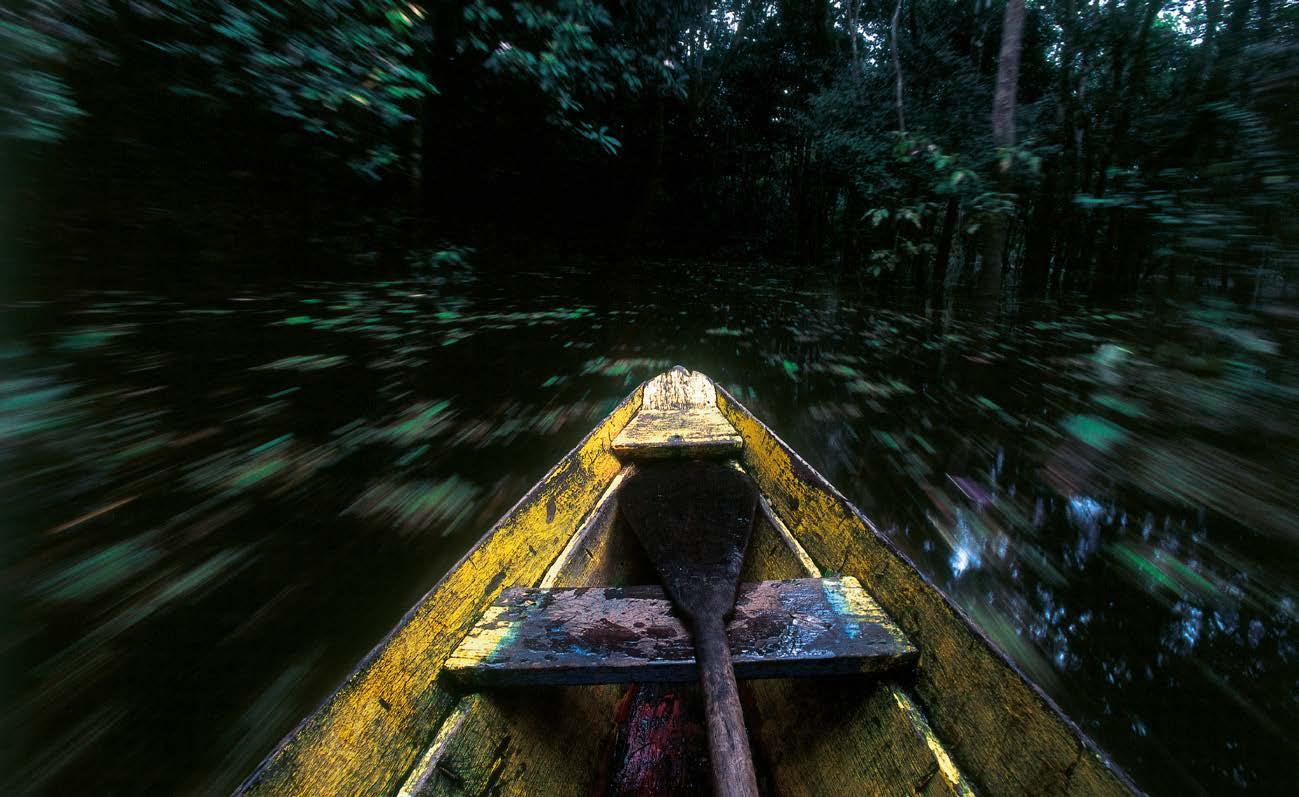
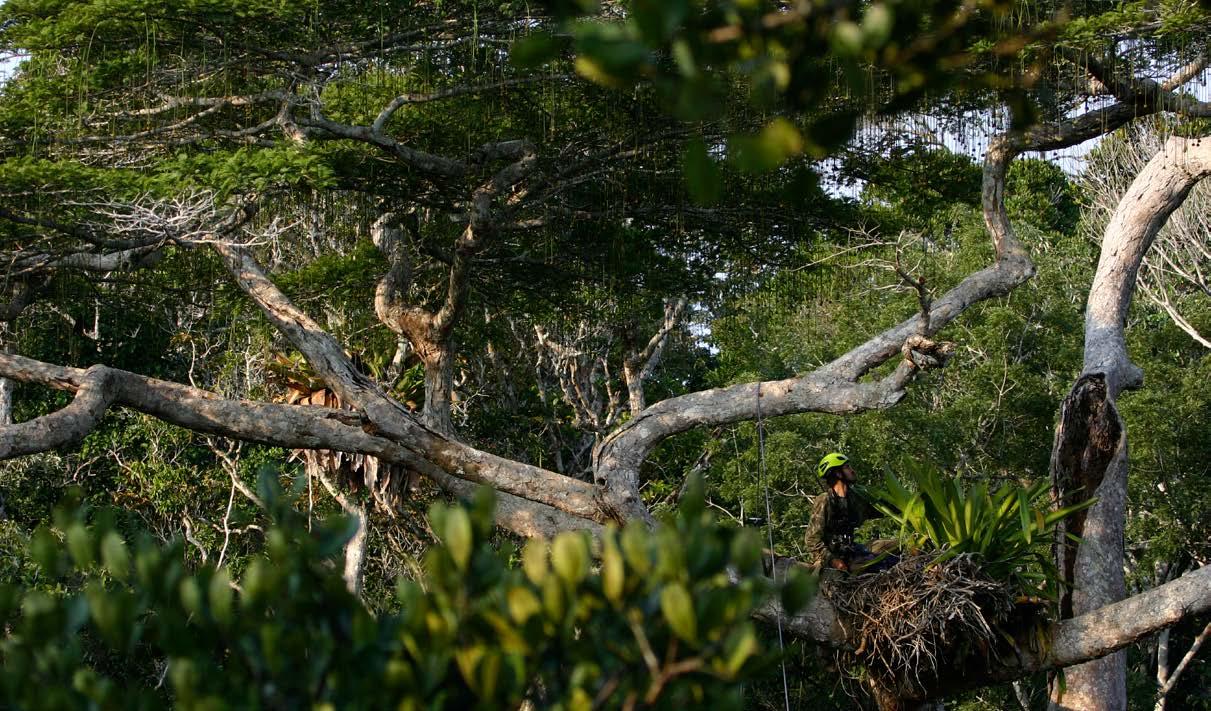
Bahia, em Porto Seguro
The biologist Benjamim da Luz analyzes
first harpy nest found in Bahia, Porto Seguro
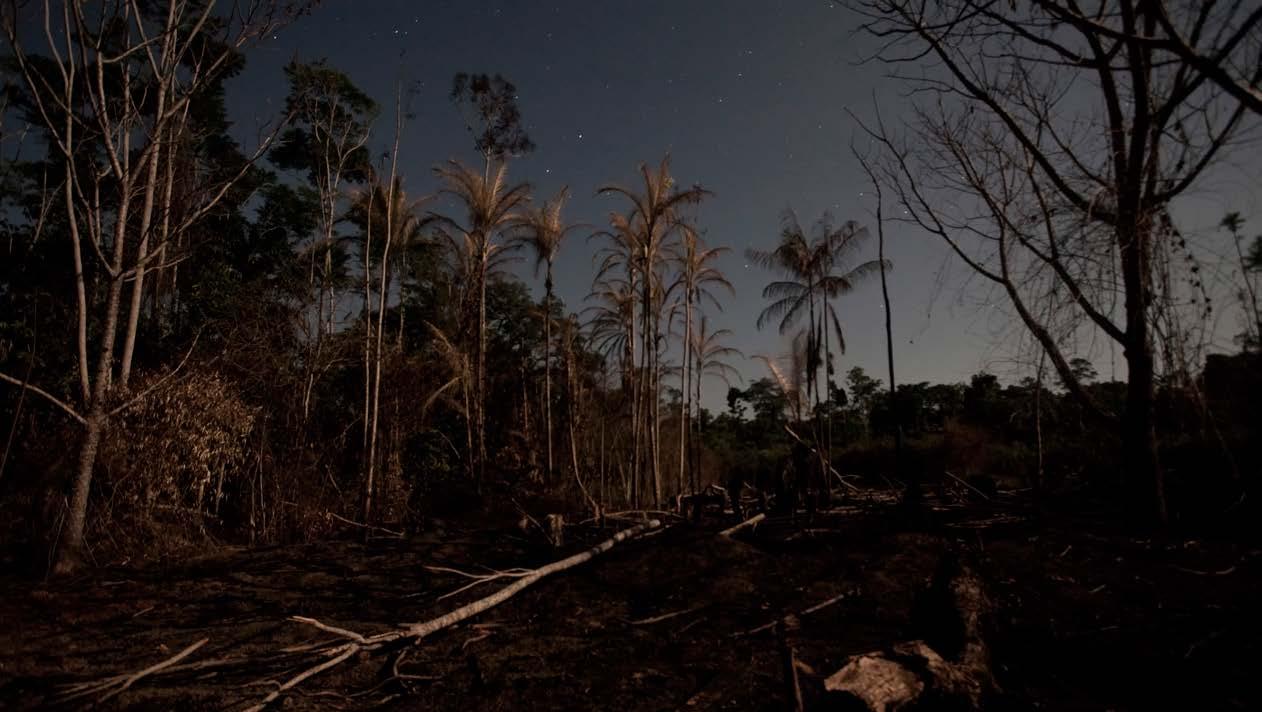
Parte de floresta de terra firme queimada em Parintins, Amazonas. Um dos maiores desafios dos pesquisadores é conseguir coletar dados sobre o habitat das harpias mais rapidamente do que a derrubada das matas Part of a forest land burned in Parintins, Amazonas. Collecting data on the harpy’s habitat before the deforesting is one of the major challenges of researchers
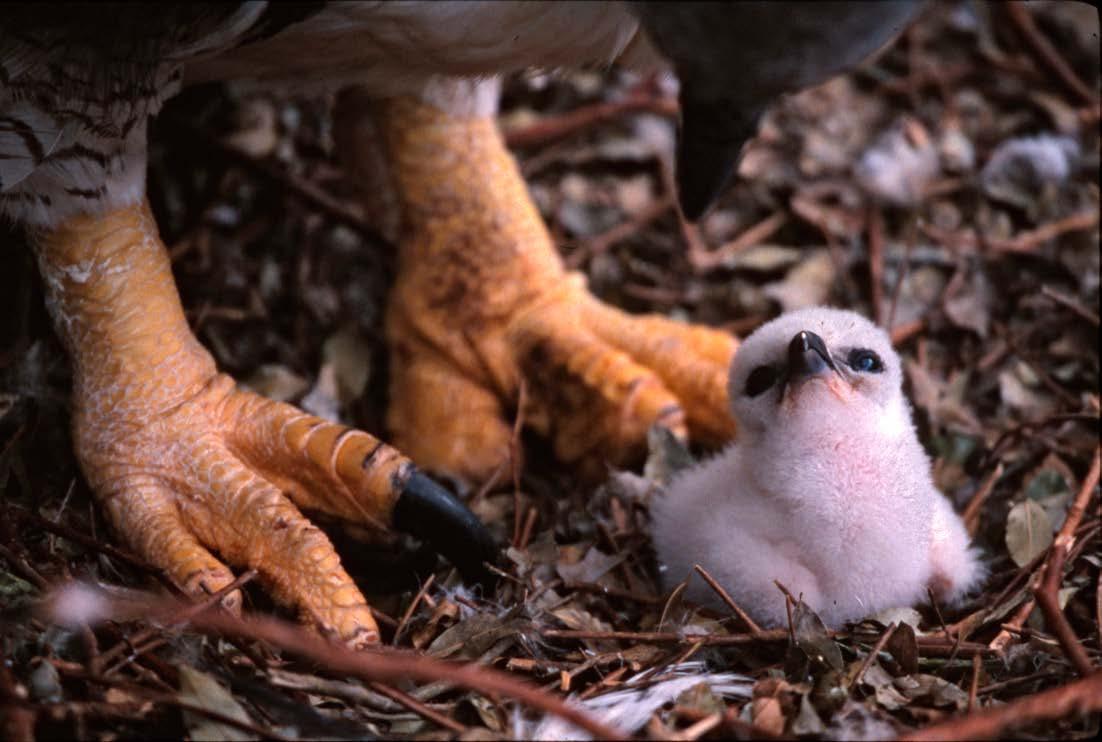
Sob
criança ribeirinha, a pesquisadora
Tânia Sanaiotti observa um ninho em Parintins, Amazonas
Under the gaze of an interested riverside child Tania Sanaiotti observes a nest in Parintins, Amazonas
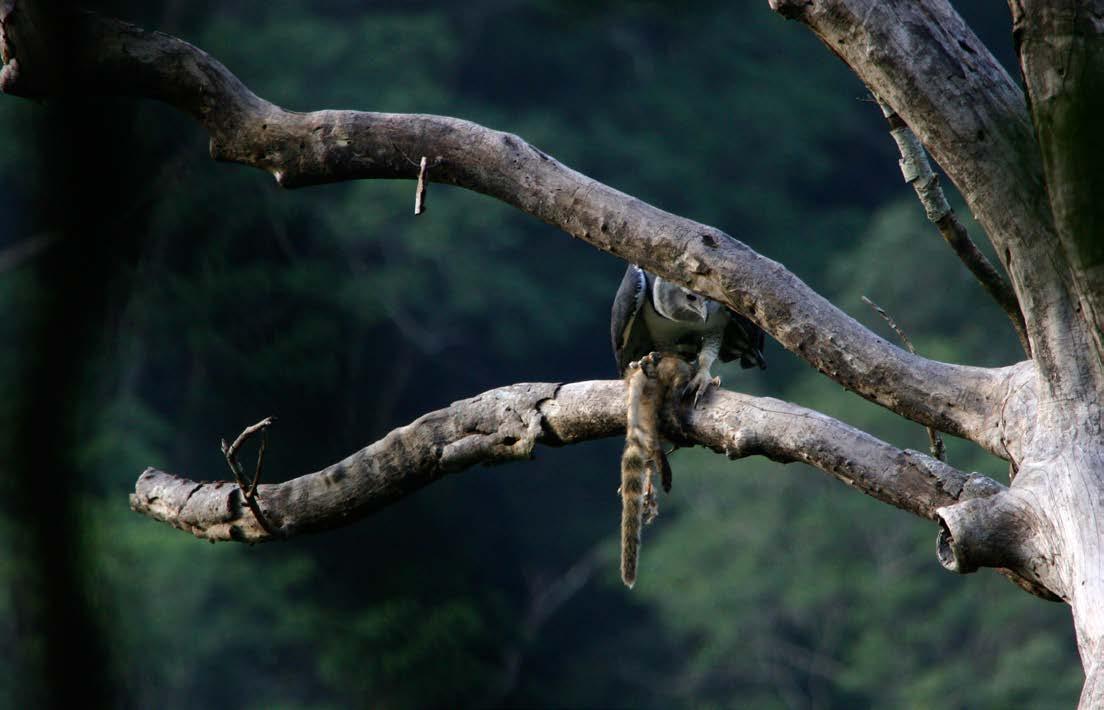
A
quati (Nasua nasua). Bonito, Mato Grosso do Sul l The striped tail indicates that the prey captured was a coati (Nasua nasua). Bonito, Mato Grosso do Sul
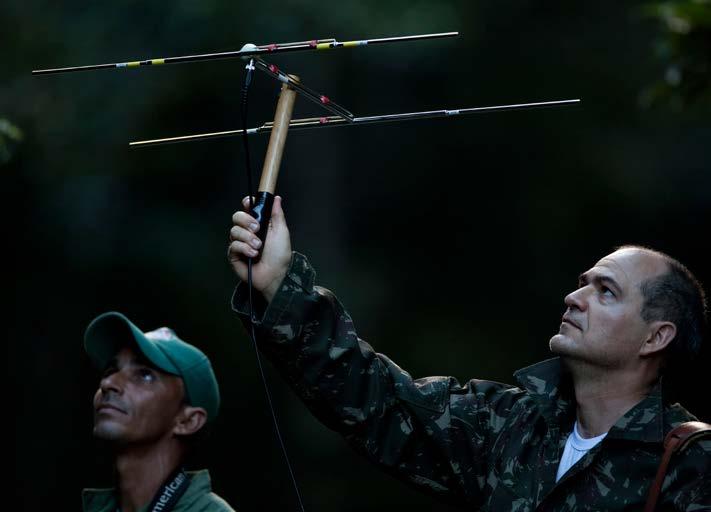
O pesquisador Alexander Blanco maneja um filhote que, em solo, terá suas medidas e amostras coletadas e receberá um radiotransmissor. Reserva Florestal de Imataca, Venezuela The researcher Alexander Blanco manipulating a nestling which will be measured, have samples collected, and have a radio transmitter implanted while landed on the ground. Imataca Forest Reserve, Venezuela
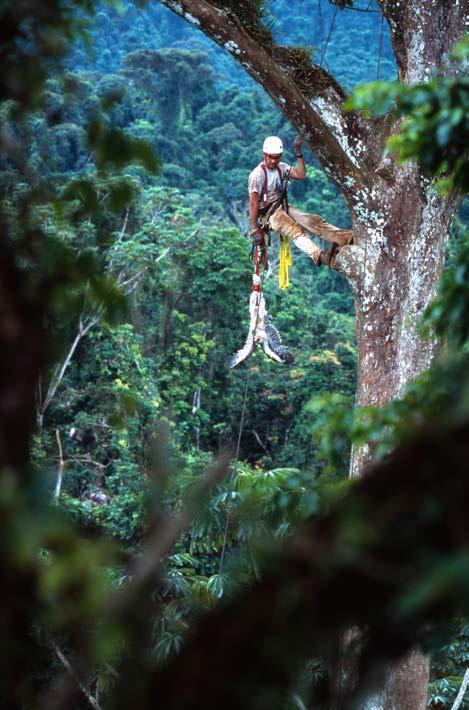
Jaílson Santos, do ICMBio, e José Eduardo Mantovani, do INPE, rastreiam as duas harpias que levam radiotransmissores no Parque Nacional do Pau Brasil. Eunápolis, Bahia Jaílson Santos from ICMBio and José Eduardo Mantovani from INPE track the two harpies which carry radio transmitters in the Pau Brazil National Park. Eunápolis, Bahia
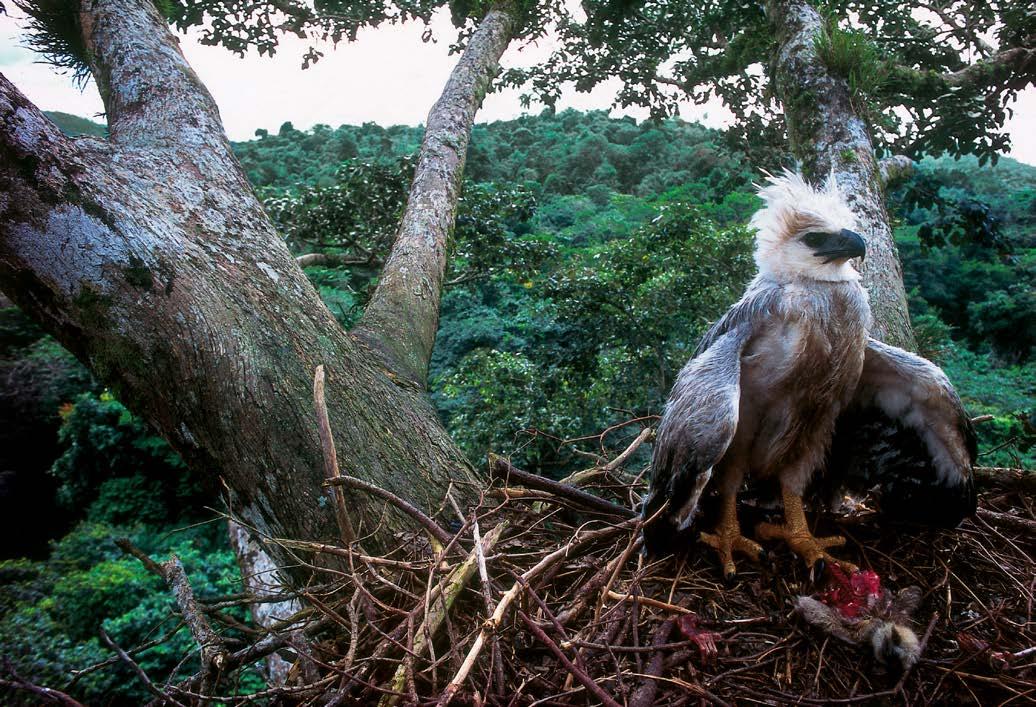
Ainda sem poder voar, a fêmea de 4 meses depende da caça dos pais para sua alimentação. Imataca, Venezuela Still unable to fly, the four-month-old female depends on the parents’ hunting for food. Imataca, Venezuela
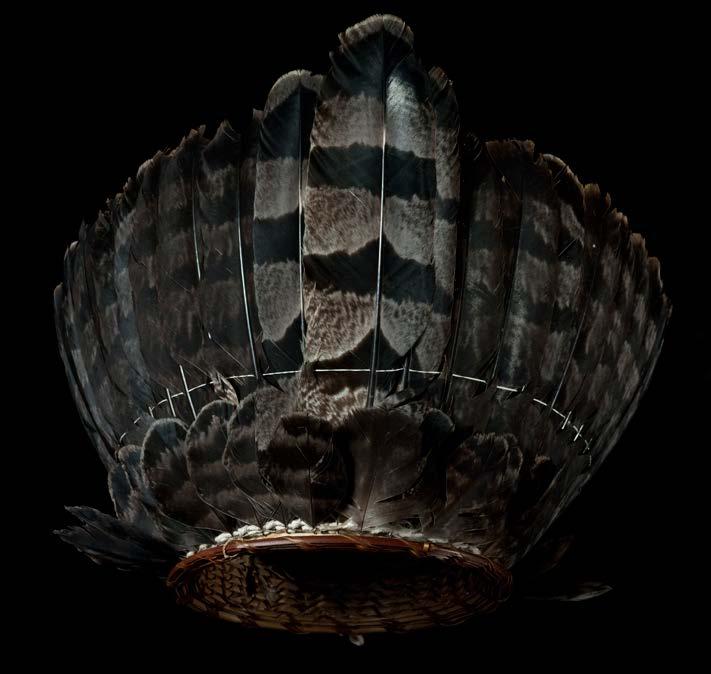
Cocar de penas de harpia: força e imponência fazem do gavião real uma criatura mítica, presente no imaginário dos povos
indígenas amazônicos Harpy feather Indian cockade: Strength and grandeur make the harpy eagle a mythical creature present in the minds of Amazonian indigenous people
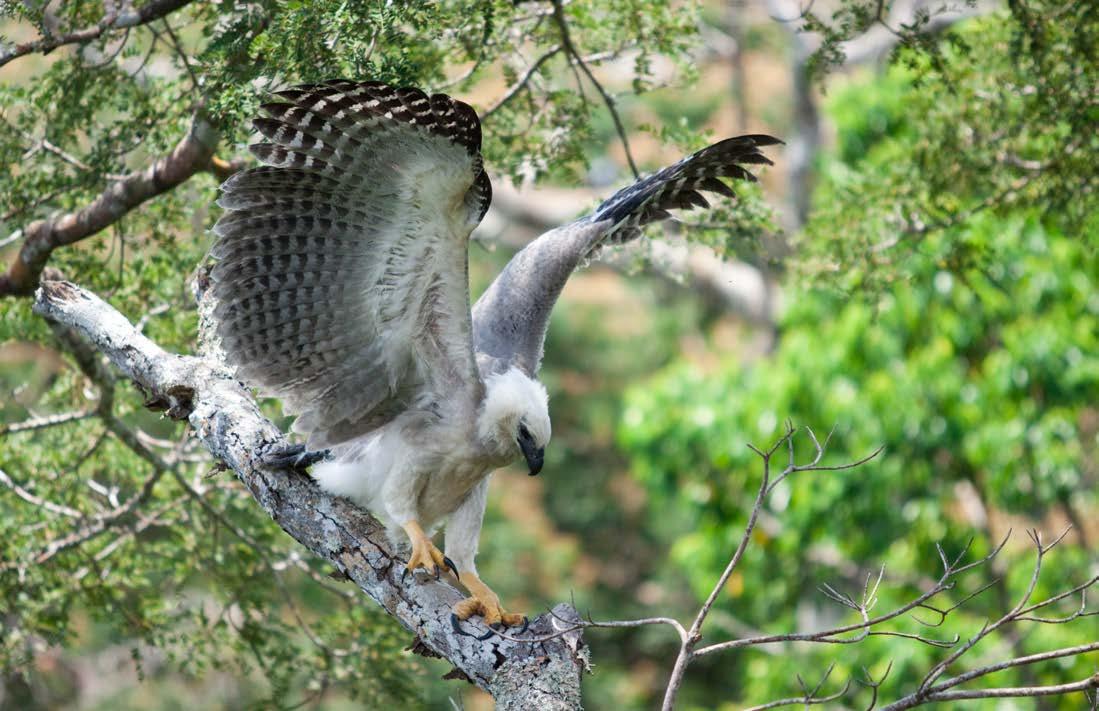
Esta harpia, reintroduzida no Parque Nacional do Pau Brasil, atingiu 2,1m de envergadura. A espécie pode chegar aos 2,2m This harpy, after being reintroduced to the Pau Brazil National Park, reached a 2,1m (6.8 feet) wingspan. This species can reach 2,2m (7.2 feet)
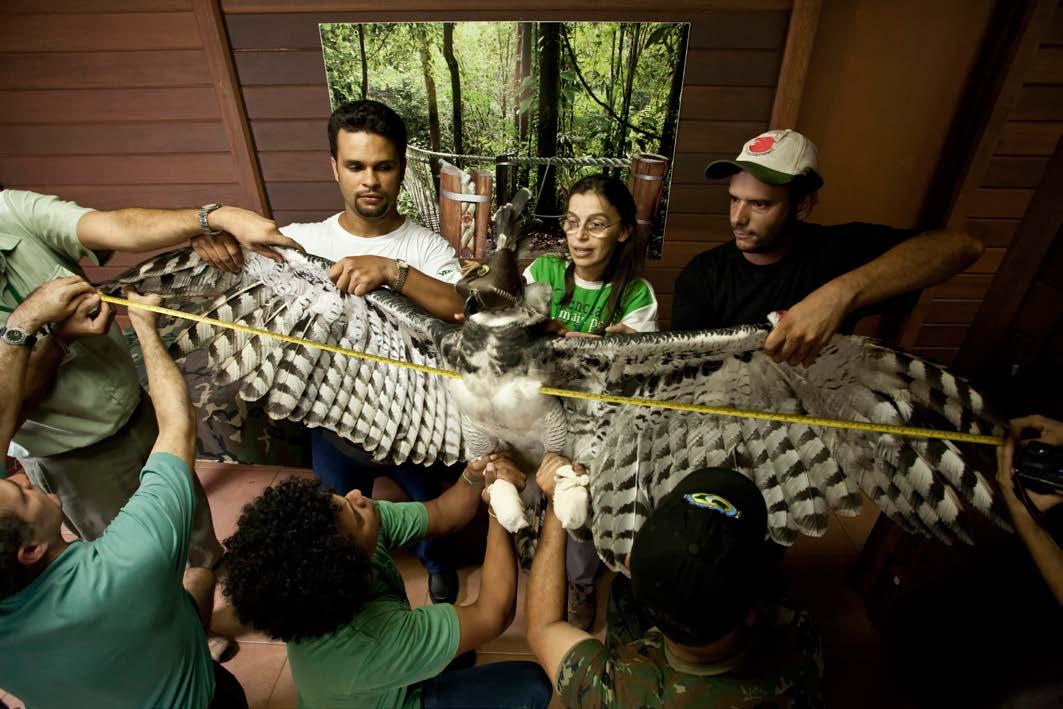
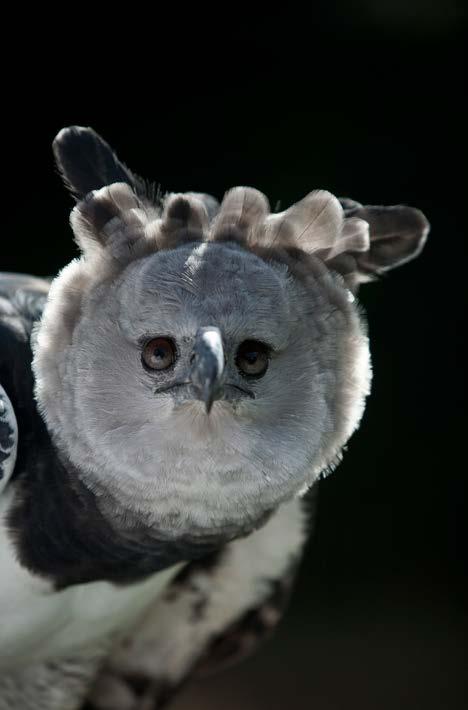
Formado por pequenas penas, um disco facial amplia a audição das harpias A facial disc composed of small feathers amplifies the harpy’s hearing
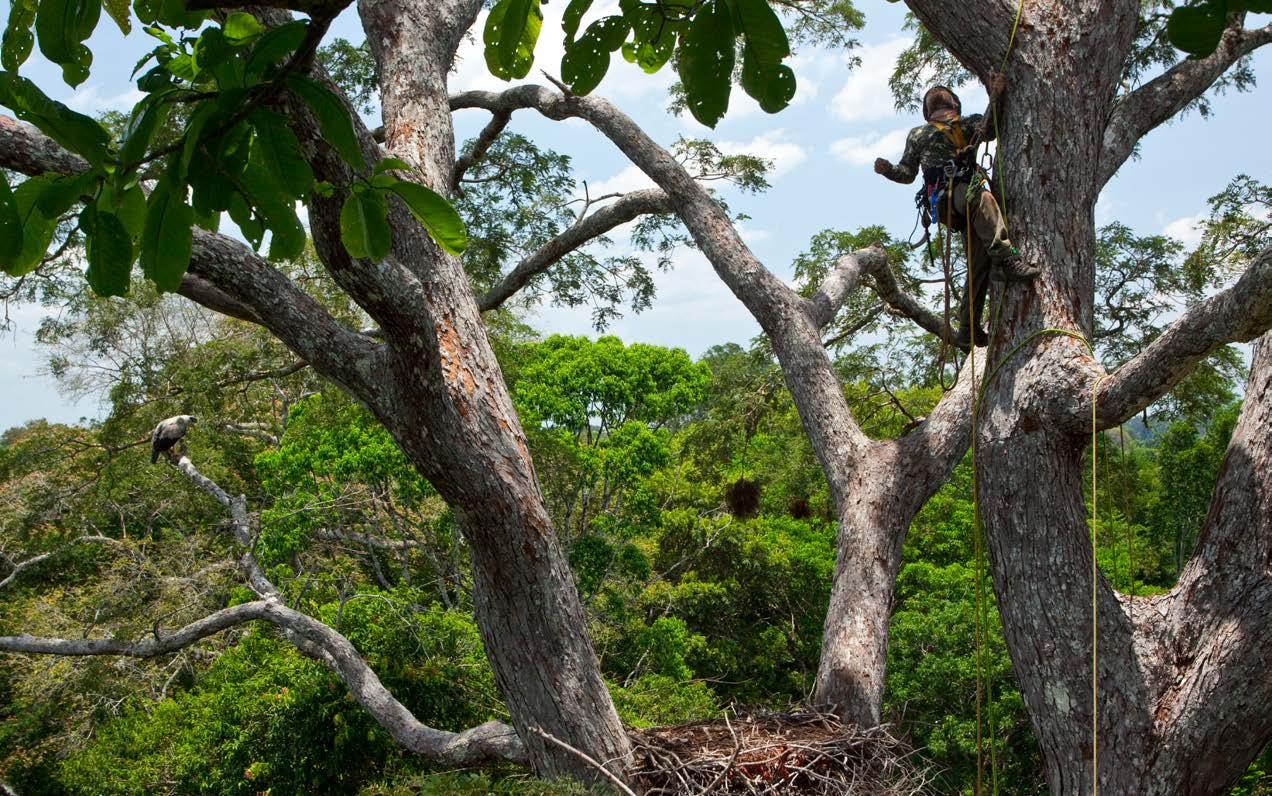
Observado por um filhote, o pesquisador procura um ponto de ancoragem para chegar ao ninho em segurança. Parintins, Amazonas
nestling,
researcher looks
Parintins, Amazonas
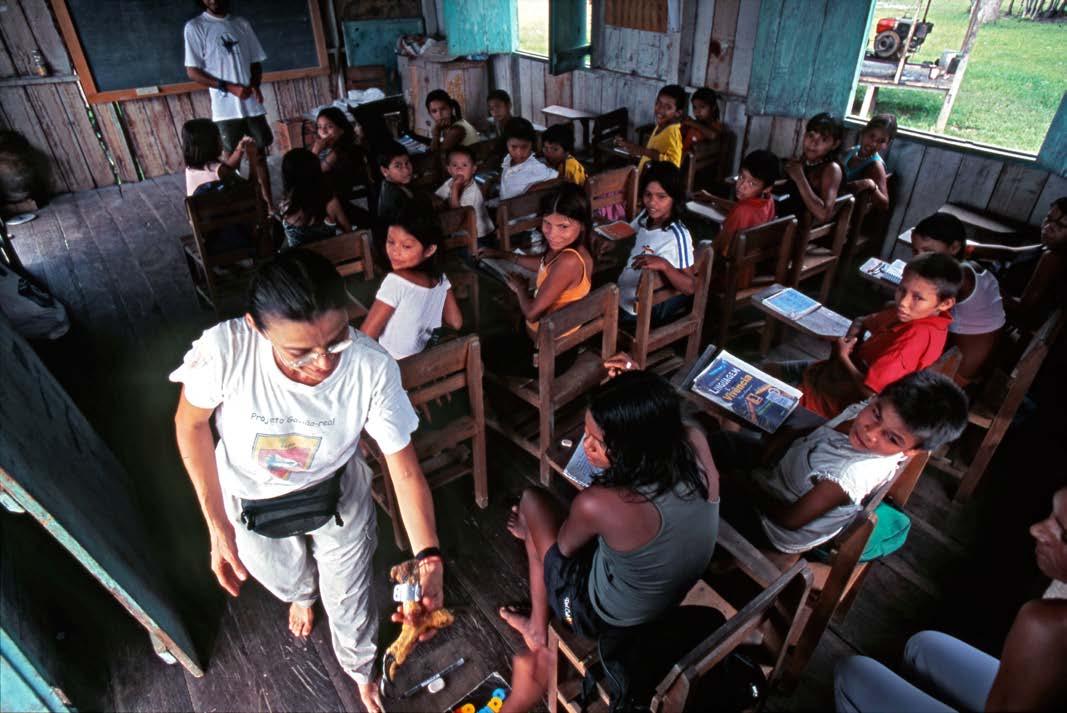
O"homem"e"as"harpias
Pesquisador
A primeira vez que vi uma harpia na natureza foi há aproximadamente 30 anos. Andava pelas redondezas de Vila Rica, nordeste do Mato Grosso, num dos lugares mais preservado pelos quais já passei. Pousada em um galho, às margens do leito seco de um rio, o gavião-real me fitava, desconfiado. Petrificado, eu observava atônito a imponência e beleza daquela ave. Essa imagem ainda segue gravada nitidamente em minha memória.
Anos após esse primeiro encontro, já trabalhávamos com resultados extremamente positivos na reprodução e reintrodução do mutum-do-sudeste (Crax blumenbachii), da jacutinga (Pipile jacutinga) e do macuco (Tinamus solitarius) em áreas remanescentes de Mata Atlântica. Devido ao êxito alcançado pelo trabalho com essas espécies ameaçadas, partimos para um novo desafio: desenvolver um programa na mesma linha com a Harpya harpyja.
A formação do primeiro casal de harpias na CRAX foi em 1998. Para nossa imensa alegria, em abril de 1999, nossas pesquisas conseguiram que um filhote fosse gerado de forma natural e criado pelos próprios pais em um de nossos recintos. O trabalho com a reprodução seguiu com sucesso e mais 11 indivíduos da espécie foram concebidos em nosso centro de pesquisa, em Contagem, Minas Gerais. Esses números nos impulsionaram para a fase seguinte. Em meados de 2006 reunimos um grupo dos principais pesquisadores envolvidos com a espécie, para que fosse elaborado um projeto interdisciplinar, visando à reintrodução de harpias na natureza. O plano foi concebido, aprovado pelo IBAMA, mas não conseguiu financiamento para sua execução.
Hoje tenho certeza de que o Brasil está pronto para canalizar os estudos empíricos para uma consequência prática, que é a reintrodução deste animal. Podemos lograr o mesmo êxito a que chegaram os espanhóis, com sua águia-imperial (Áquila adalberti), e também os Estados Unidos, com a emblemática águia-careca (Haliaeetus leucocephalus). Não faz sentido continuarmos as pesquisas se o objetivo maior não for o fechamento de um ciclo, ou seja, a devolução da espécie às florestas. Se seguirmos o exemplo pioneiro do trabalho com o mutumdo-sudeste, que, a partir de oito matrizes, devolveu à natureza mais de 300 indivíduos, podemos, em algumas décadas, voltar a ver as harpias voando nos remanescentes da nossa querida Mata Atlântica.
Men"and"Harpies
Roberto Azeredo Researcher and President of CRAX Brazil Society for Research on
Reproduction and Management of Wildlife
It has been thirty years since I first saw a harpy eagle in nature. was wondering around Vila Rica, northeast of Mato Grosso, in one of the most preserved places in which have ever been. Landing on a branch on the dry bank of the river, the harpy eagle suspiciously gazed at me. Petrified and astonished, watched the grandeur and beauty of this bird. This image is still clearly engraved in my memory.
Years later, we have already been working with extremely positive results in breeding and reintroducing into nature the red-billed curassow (Crax blumenbachii), the black-fronted piping-guan (Pipile jacutinga), and the solitary tinamou (Tinamus solitarius) in remnant areas of the Atlantic rainforest. Due to the success achieved by working with these endangered species, we set off for a new challenge: Develop a similar program for the Harpya harpyja.
The first formation of a harpy couple in CRAX happened in 1998. To our delight, in April 1999, our research succeeded in getting a nestling to be hatched and parent raised in captivity. The work with reproduction succeeded and eleven more animals of this species were conceived in our research center in Contagem, Minas Gerais. These numbers encouraged us to move to the following phase. In mid-2006, in order to come up with an interdisciplinary project aiming at the reintroduction of harpies into nature, we gathered a group of leading researchers involved with the species. The plan was approved by IBAMA, but we didn’t get financial aid for its implementation.
Nowadays, I am sure Brazil is ready to channel empirical studies to a practical consequence: The reintroduction of this animal into the wild. We can achieve the same success that Spaniards achieved with their Spanish imperial eagle (Aquila adalberti), and United States with the iconic bald eagle (Haliaeetus leucocephalus). There is no point in continuing the research if the ultimate goal is not the closing of a cycle: The return of the species to the forests.
If we follow the pioneering example of working with the red-billed curassow, which starting from eight animals three hundred were reintroduced into nature, in a few decades we will be able to see the harpy flying in the remnants of Atlantic rainforest.
Roberto Azeredo
e Presidente da CRAX Brasil Sociedade de Pesquisa do Manejo e da Reprodução da Fauna Silvestre
Recentemente, um grande feito no Brasil quebrou diversos tabus e reaqueceu a discussão sobre o assunto.
Pela primeira vez, uma harpia com mais de 10 anos em cativeiro foi solta e reintroduzida ao seu habitat. Tratavase de uma fêmea, capturada há quase 13 anos numa fazenda localizada na Bahia. Depois de estudos, um trabalho de reabilitação e acompanhamento que avaliaram o animal como apto a voltar à natureza, a águia alçou seus primeiros voos, em agosto deste ano, na Reserva Particular do Patrimônio Natural (RPPN) Estação Veracel, em Porto Seguro. O monitoramento contínuo desse animal livre na floresta já nos dá importantes subsídios para crer que é possível, apesar de tanto tempo, sua adaptação em equilíbrio com o ambiente.
Sonho com o dia em que a população conheça melhor o gavião real e se envolva nos projetos de preservação, não só desta águia, mas de todo o ecossistema envolvido. Divulgar a beleza e a importância da harpia como espécie bandeira na proteção do meio ambiente é crucial para uma formação ecológica e a busca por incentivo a novos projetos. Acredito que, até mesmo por seu invólucro mítico nas sociedades central e sul americanas, esse rapinante poderia se tornar um ícone de programas ambientais, a exemplo do que fizeram Equador e Panamá, designando a espécie como representante da diversidade biológica nesses dois países.
De olho no futuro, um exemplo a ser seguido é o trabalho desenvolvido atualmente na Floresta Nacional de Carajás, que convoca a comunidade local a participar da luta pela preservação. É preciso que ações como esta se ampliem para todo o país e que sejam adotadas políticas de fomento que deem um suporte mais estável ao desenvolvimento de projetos com espécies ameaçadas. Iniciativas dessa envergadura não têm resultados imediatos, mas em longo prazo podem colaborar com a melhoria da qualidade de vida no planeta. Acredito que esta bela publicação é mais um passo nesta longa caminhada.
Recently, a great achievement in Brazil broke several taboos and reheated the debate on the subject. For the first time an eagle after being in captivity for more than ten years was released and reintroduced to its habitat. It was a female, captured nearly 13 years ago on a farm, in Bahia. Researches, rehabilitation, and follow-up assessments considered the animal capable of returning to nature. The eagle then lifted its first flight in August this year, on the private nature reserve (PRNP) “Estação Veracel”, in Porto Seguro. Constant monitoring of this animal free in the forest gives us important insights into believing that its adaptation and equilibrium with nature is possible, despite the long time away.
dream of the day when people will know more about the harpy and will get involved in preservation projects, not only for this eagle but for the entire ecosystem involved. Disclosing the beauty and importance of the harpy as a flagship species to environment protection is crucial to an ecological training, as well as to encourage the search for new projects. believe this bird of prey, because of its mythical legends in Central and South America, can become an icon of the environmental programs, as it did in Ecuador and Panama. In both countries, the harpy is representative of biological diversity.
Keeping an eye on the future, the work developed in the Carajás National Forest is an example of local community participation in the fight for preservation. This kind of action should be spread throughout the country, and policies must encourage and support the development of projects about endangered species. Initiatives of this magnitude do not have immediate results, but in the long run can contribute to the improvement of life quality on the planet. I believe this beautiful publication is one more step in this long journey.
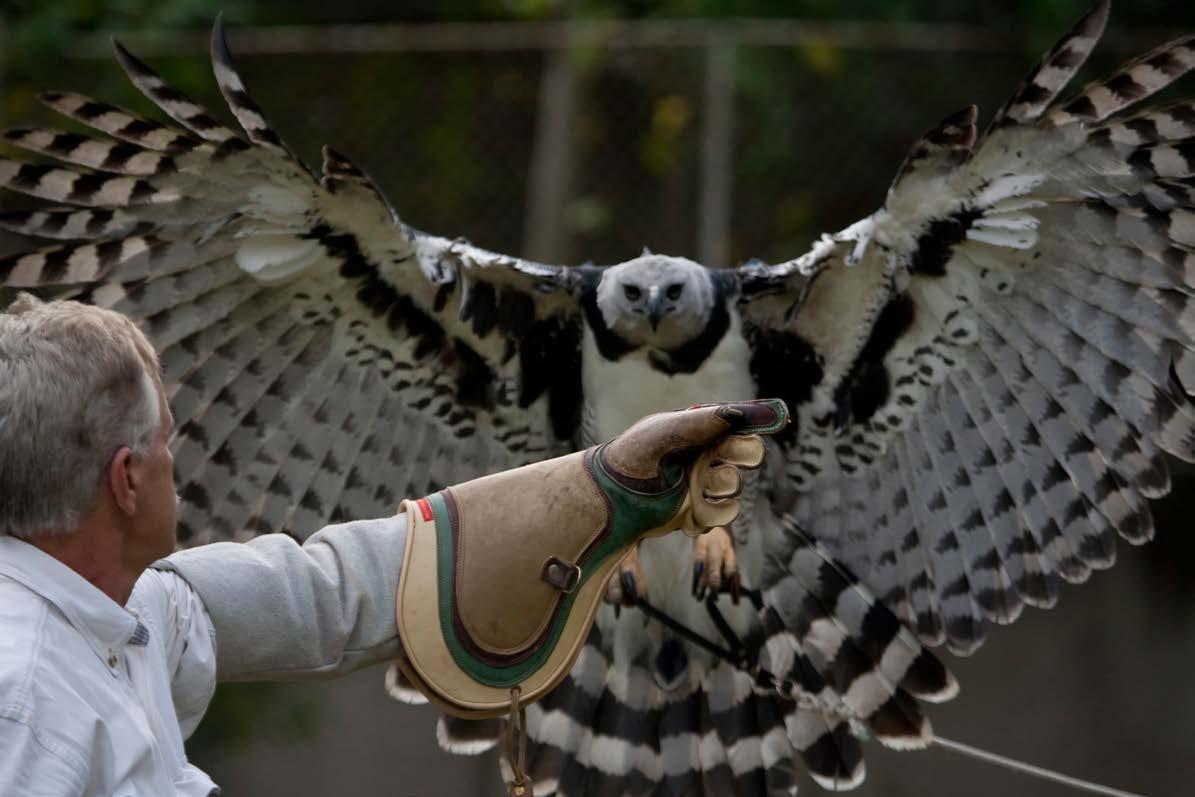
Técnicas de falcoaria são utilizadas para facilitar o manejo da espécie em cativeiro, a ponto de tornar os animais aptos aos procedimentos de inseminação artificial. O objetivo do trabalho desenvolvido na CRAX é a reintrodução em áreas naturais desses filhotes que nascerem. Contagem, Minas Gerais Falconry techniques are used to help manipulating animals in captivity preparing them for artificial insemination procedures. CRAX’s goal is to reintroduce into nature the nestlings that are born. Contagem, Minas Gerais
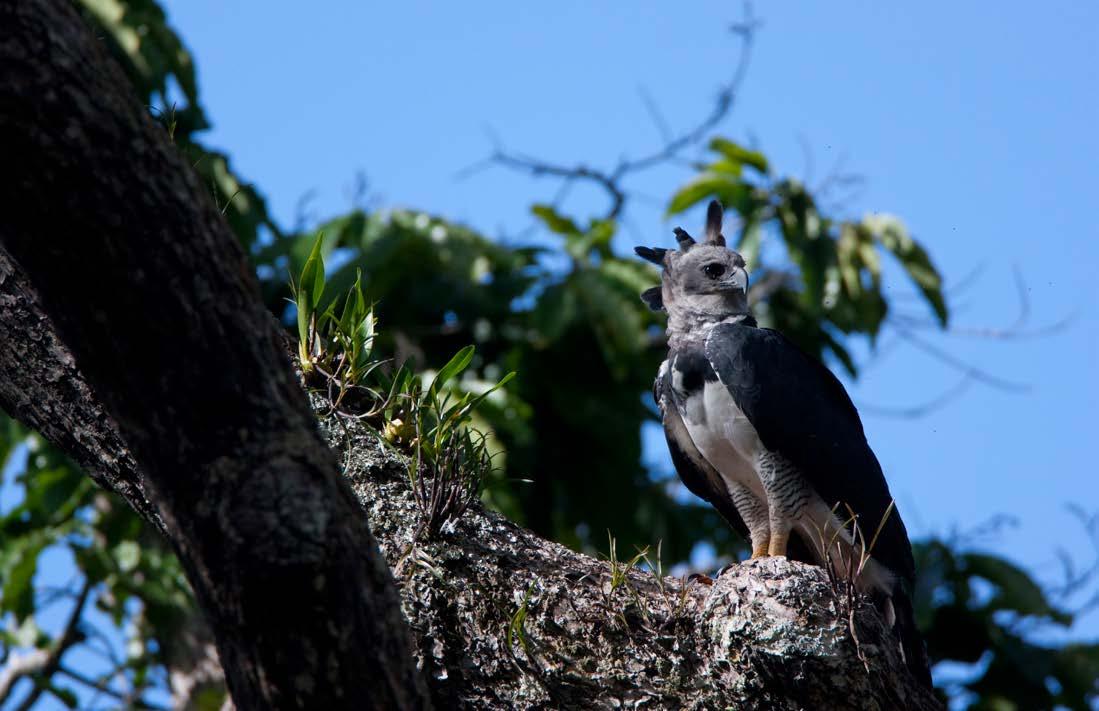
As penas eriçadas da crista, em forma de coroa, são a origem do termo “gavião-real”. Carajás, Pará The spiky crown-shaped crest feathers inspired the name “gavião-real” (royal eagle). Carajás, Pará
